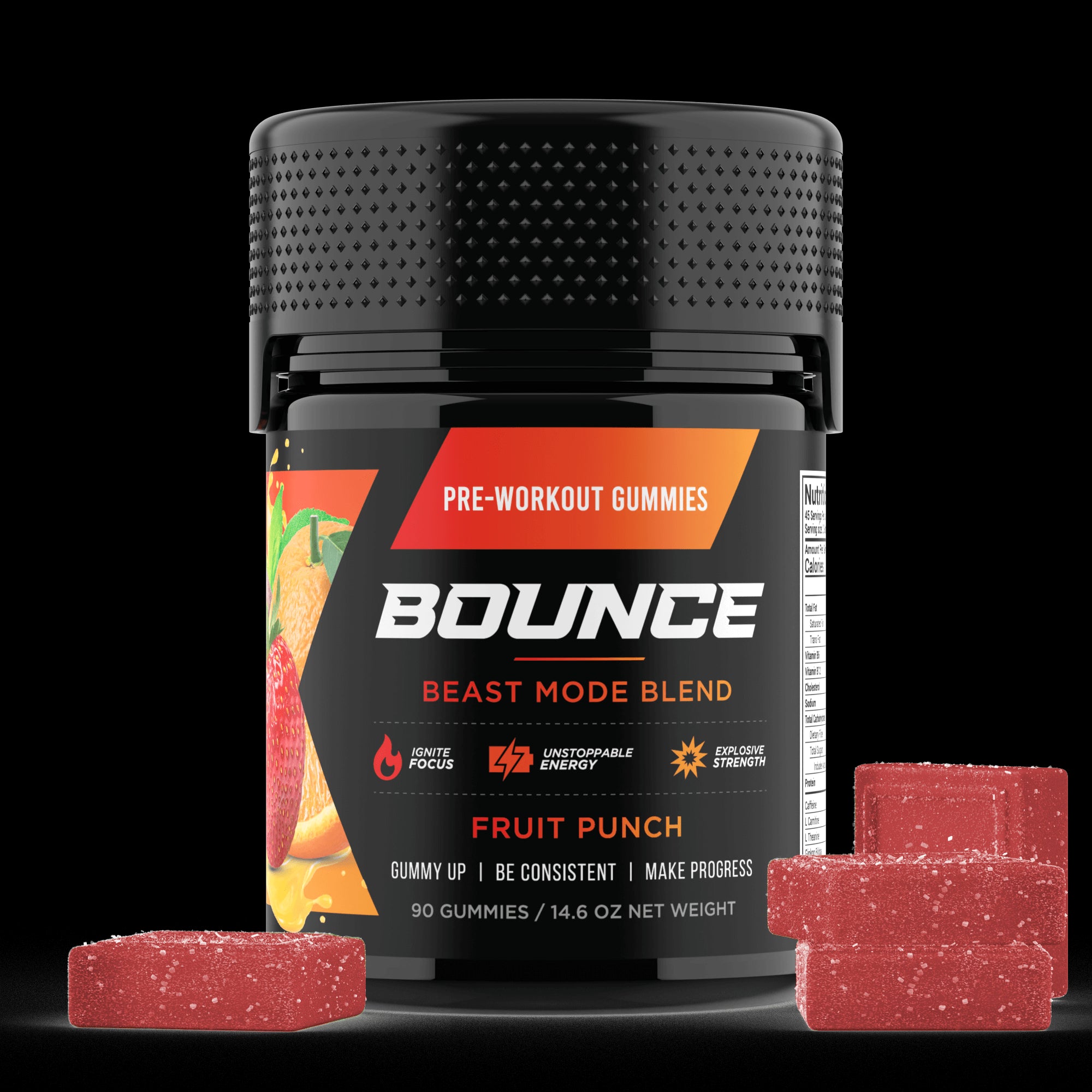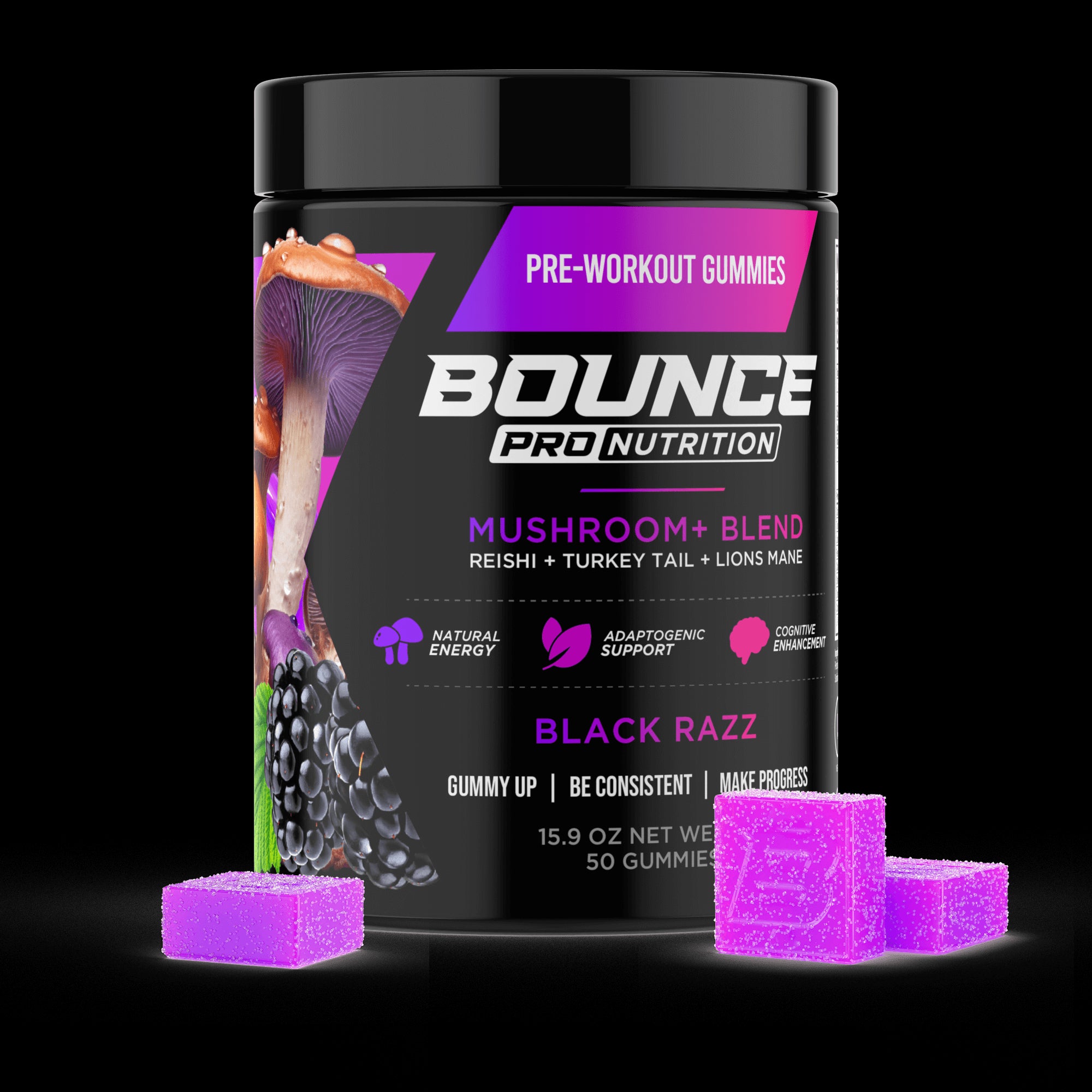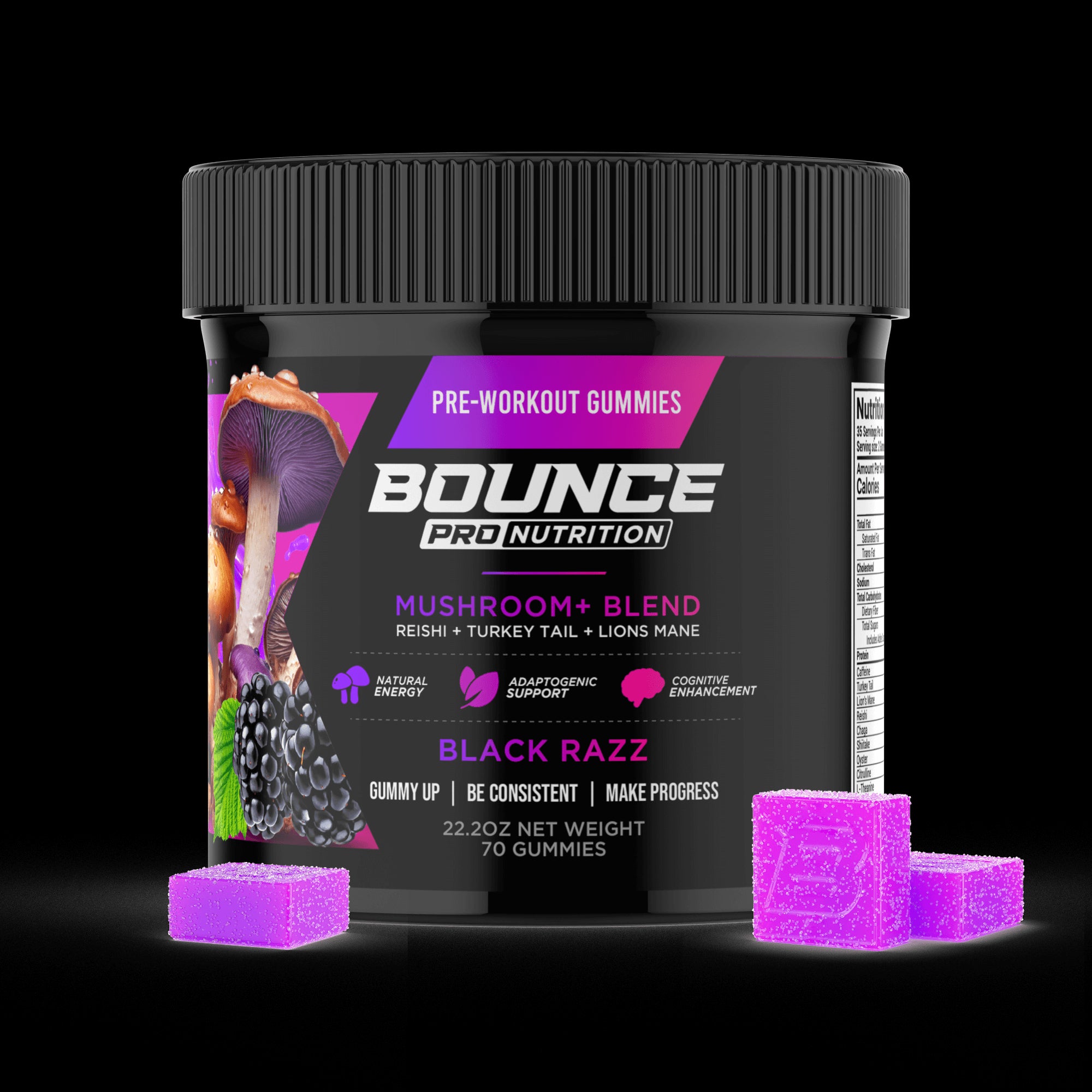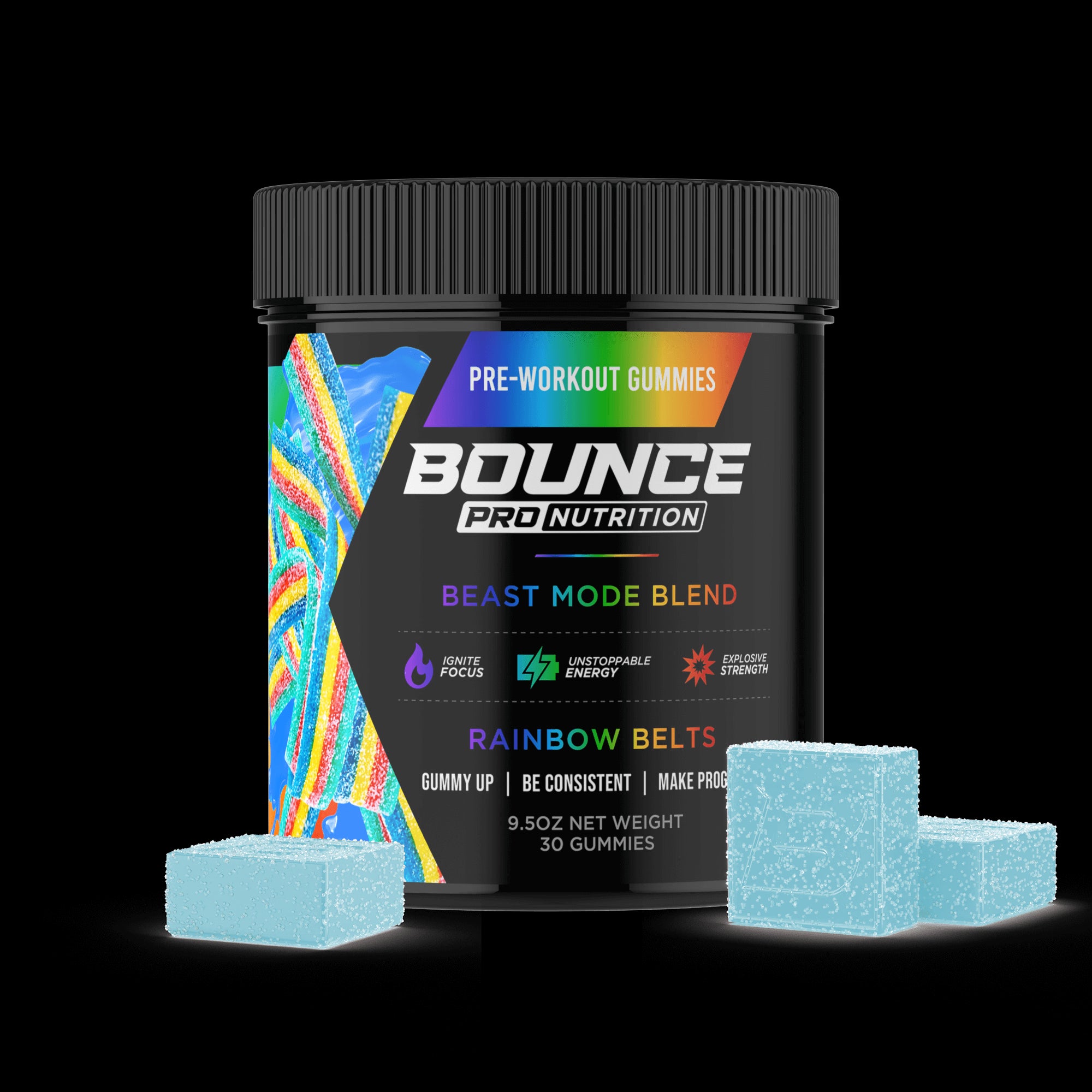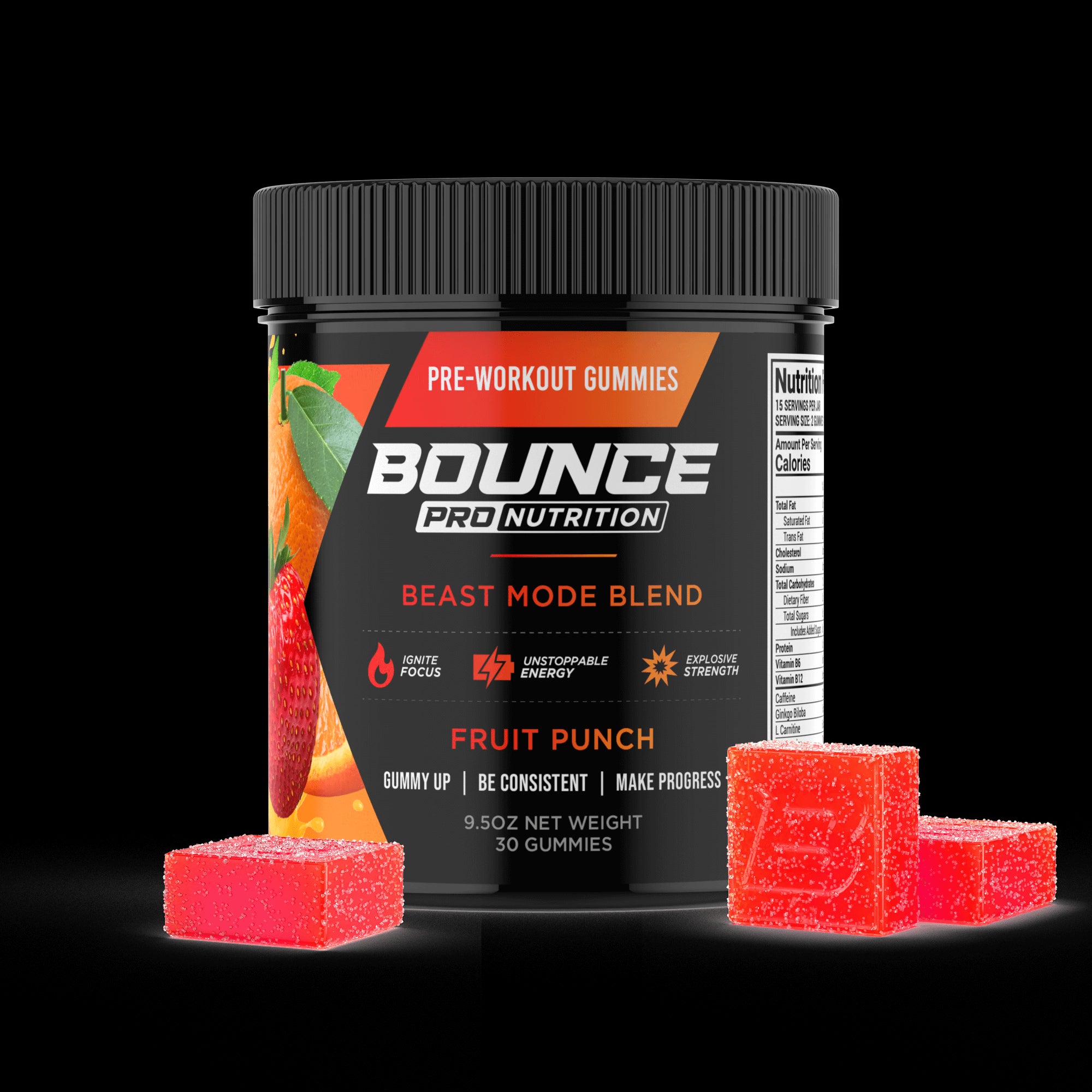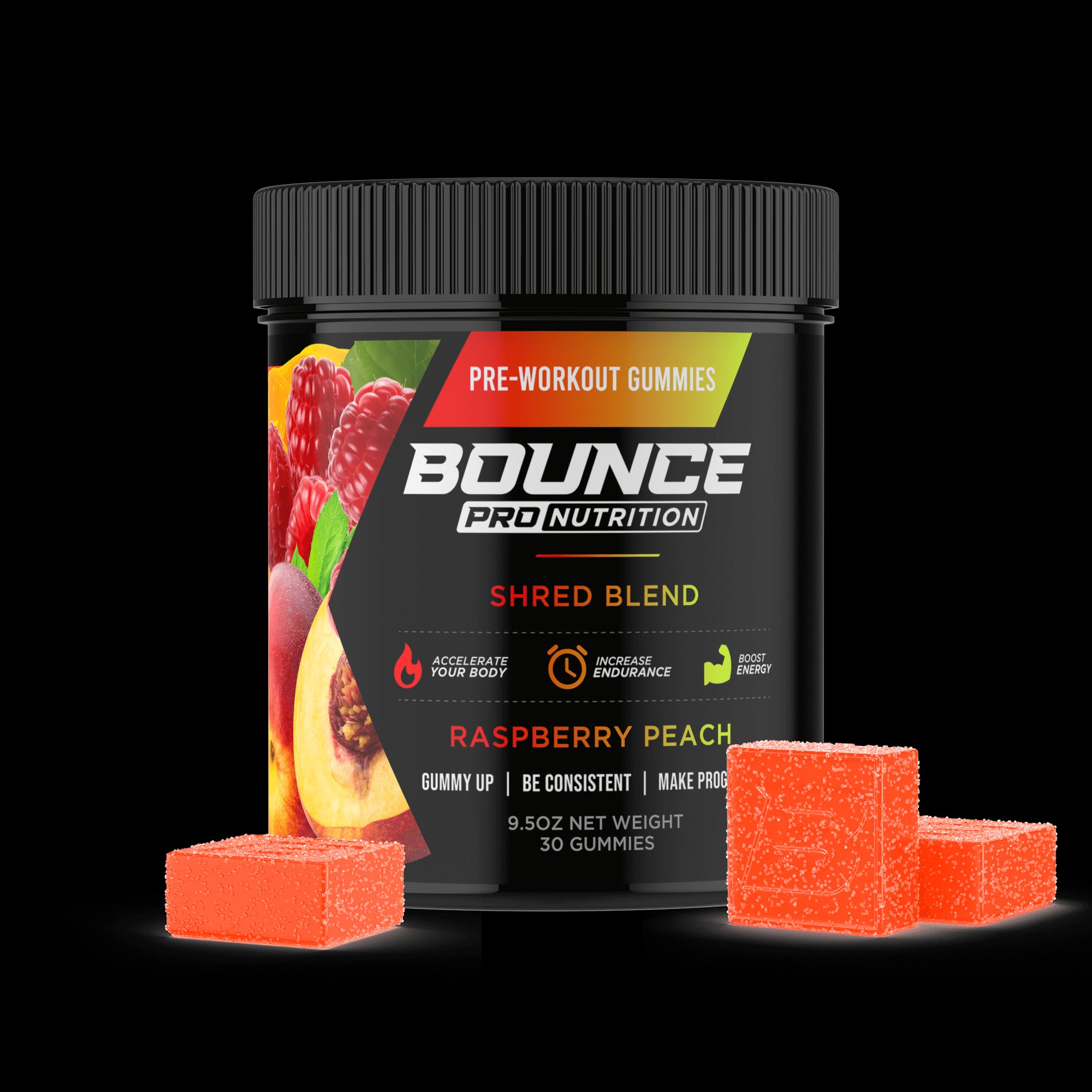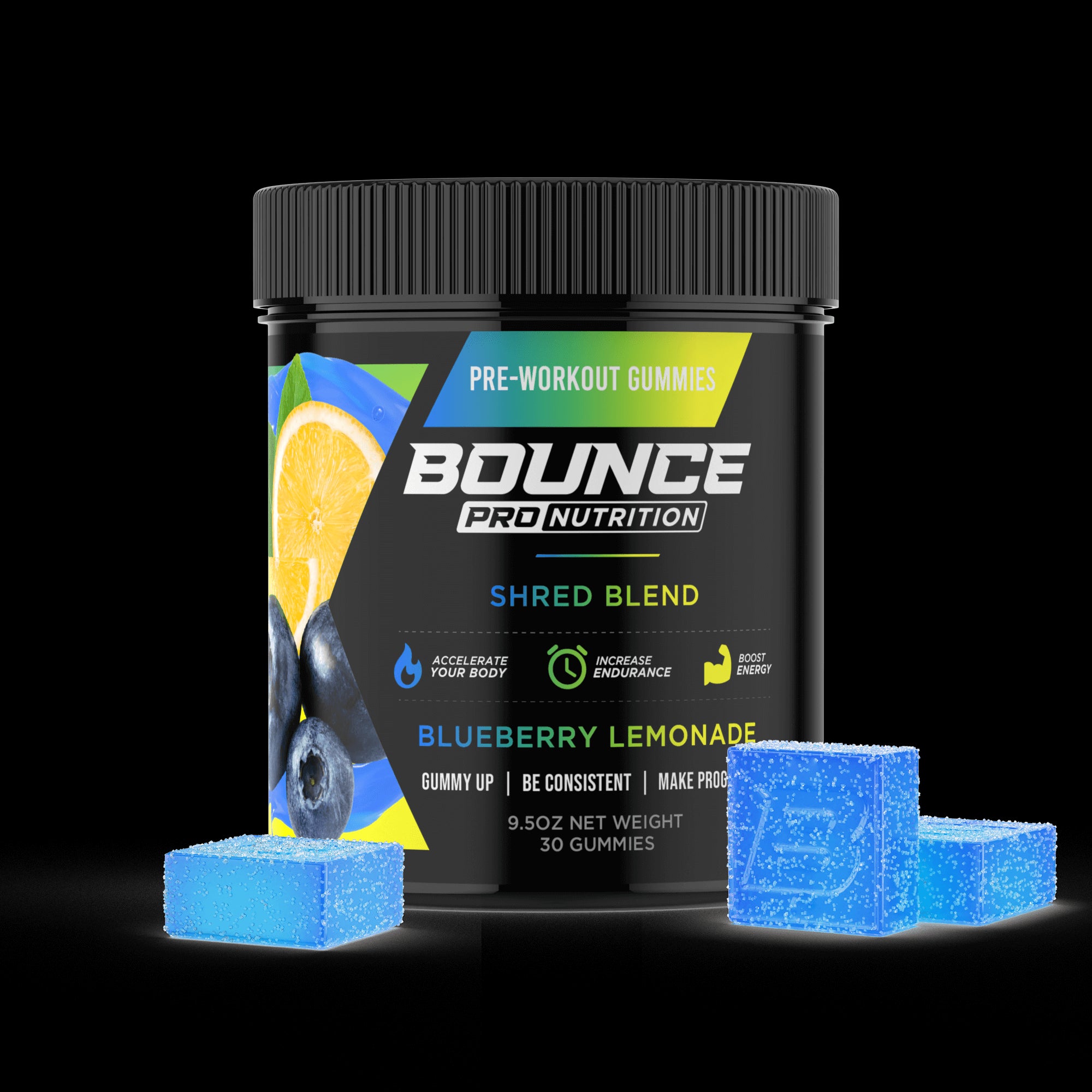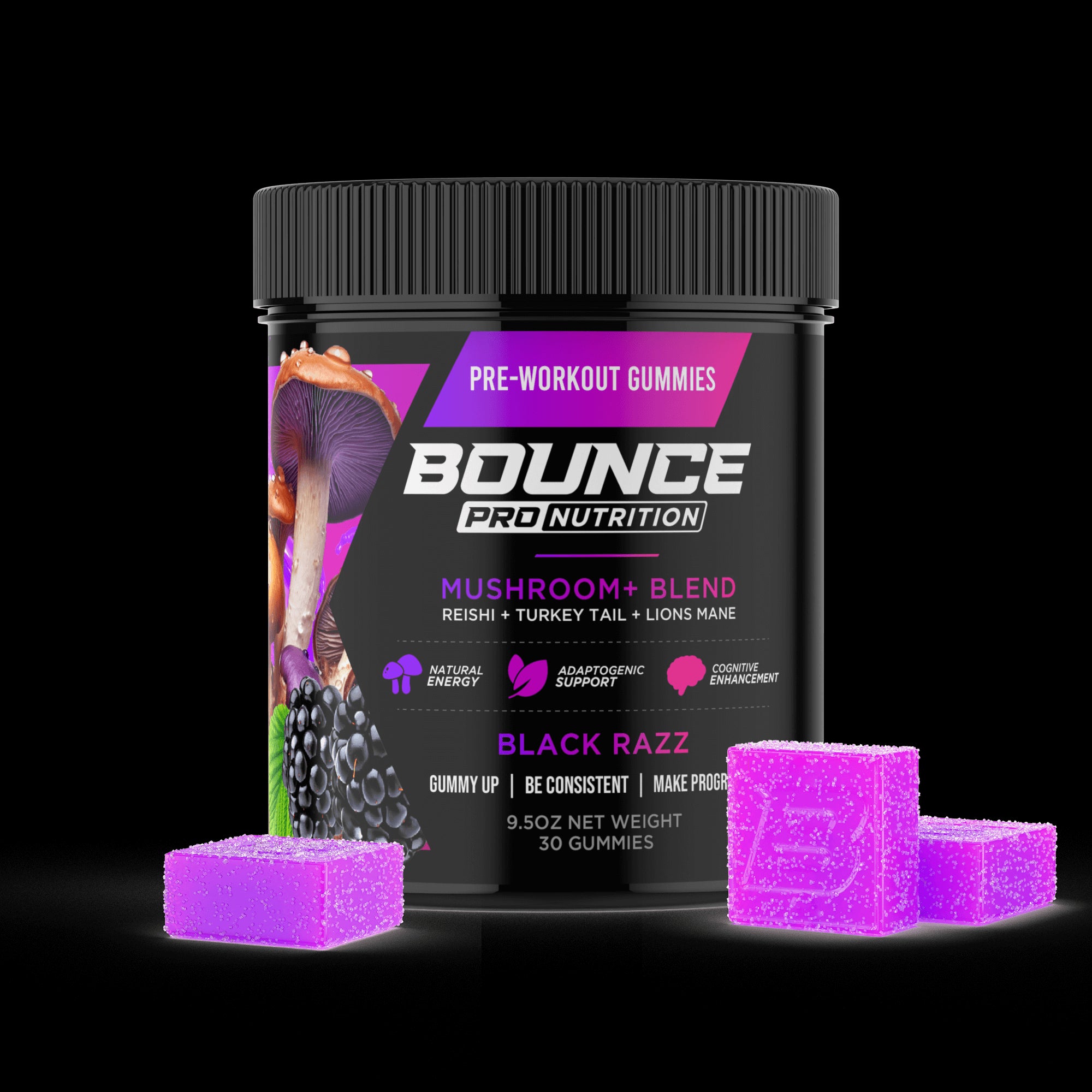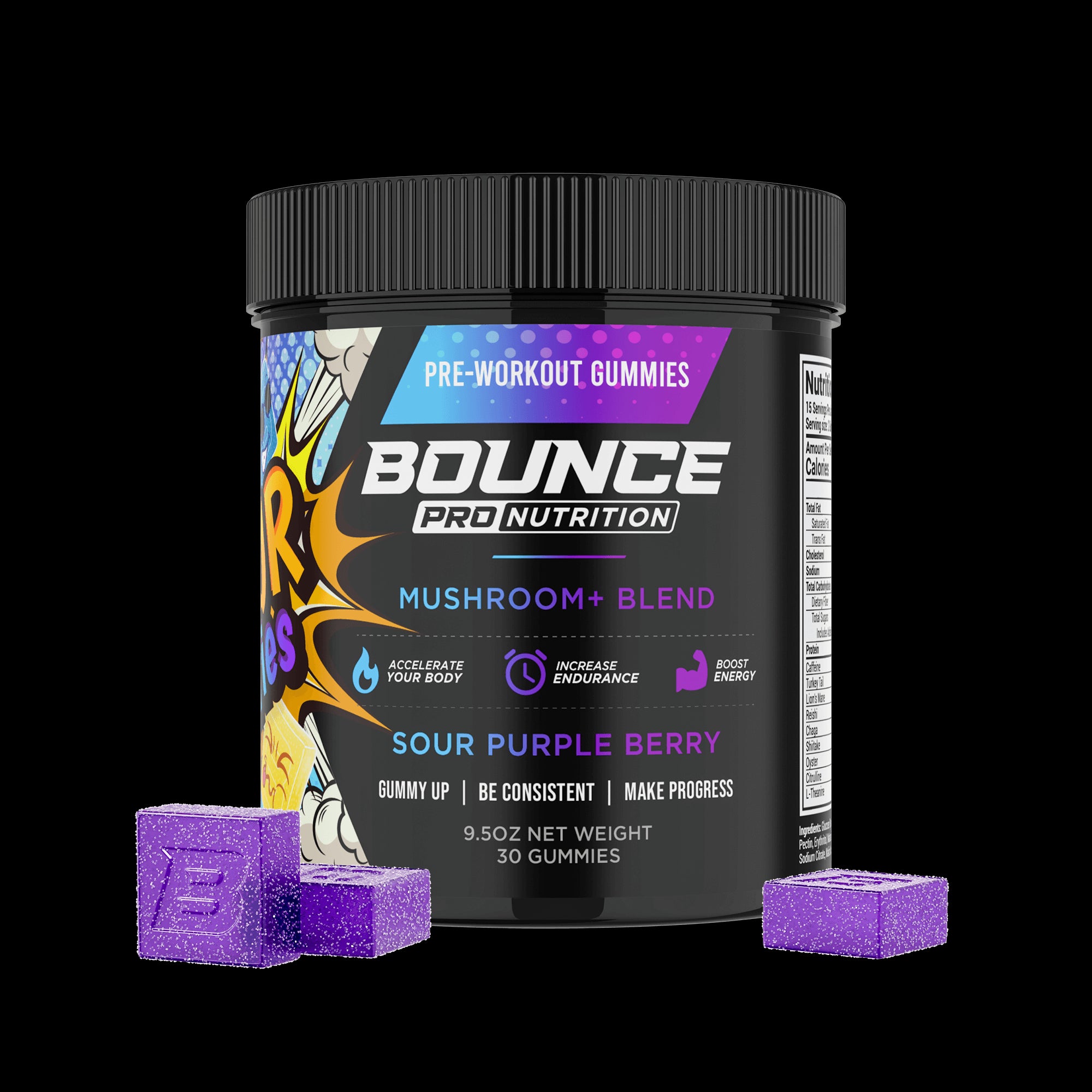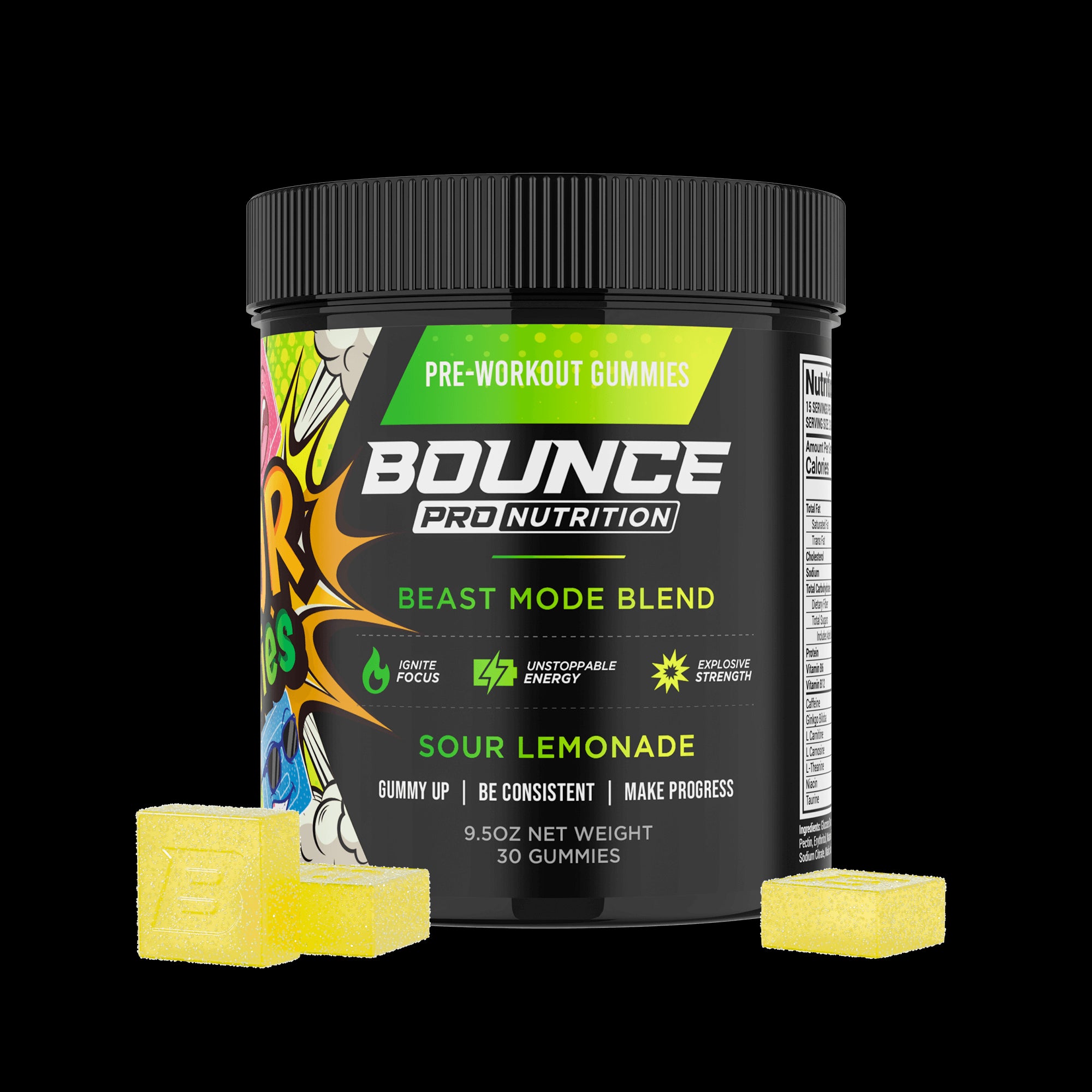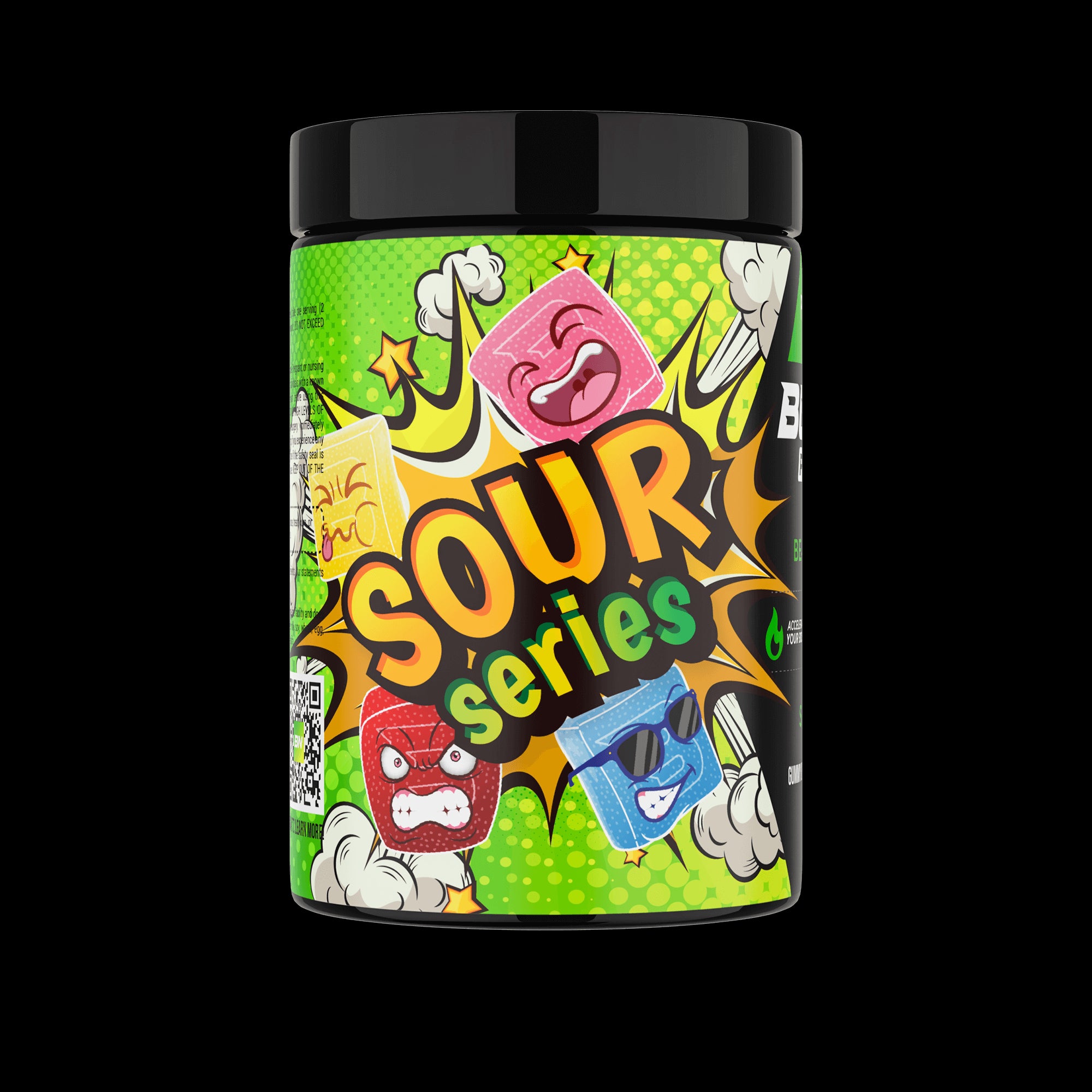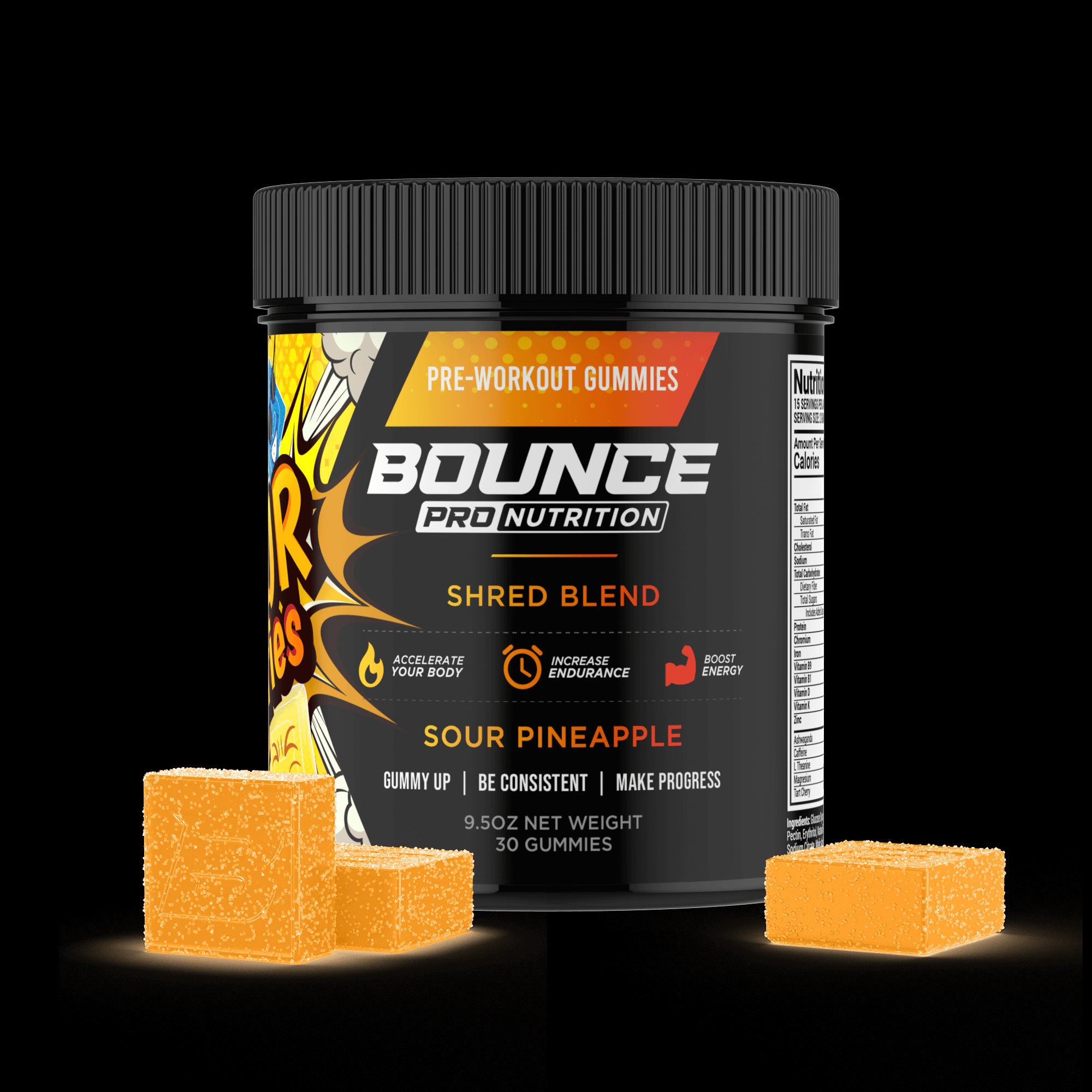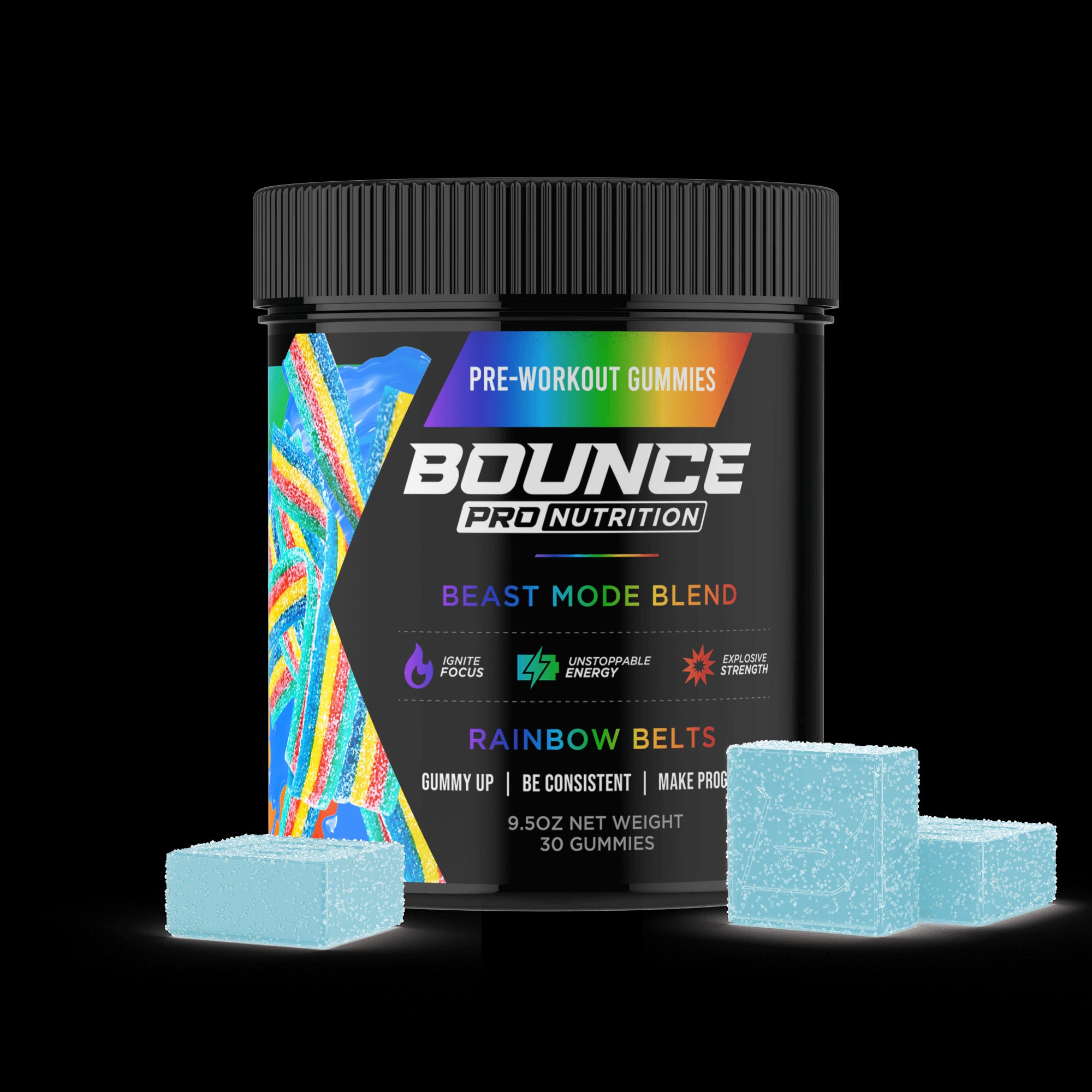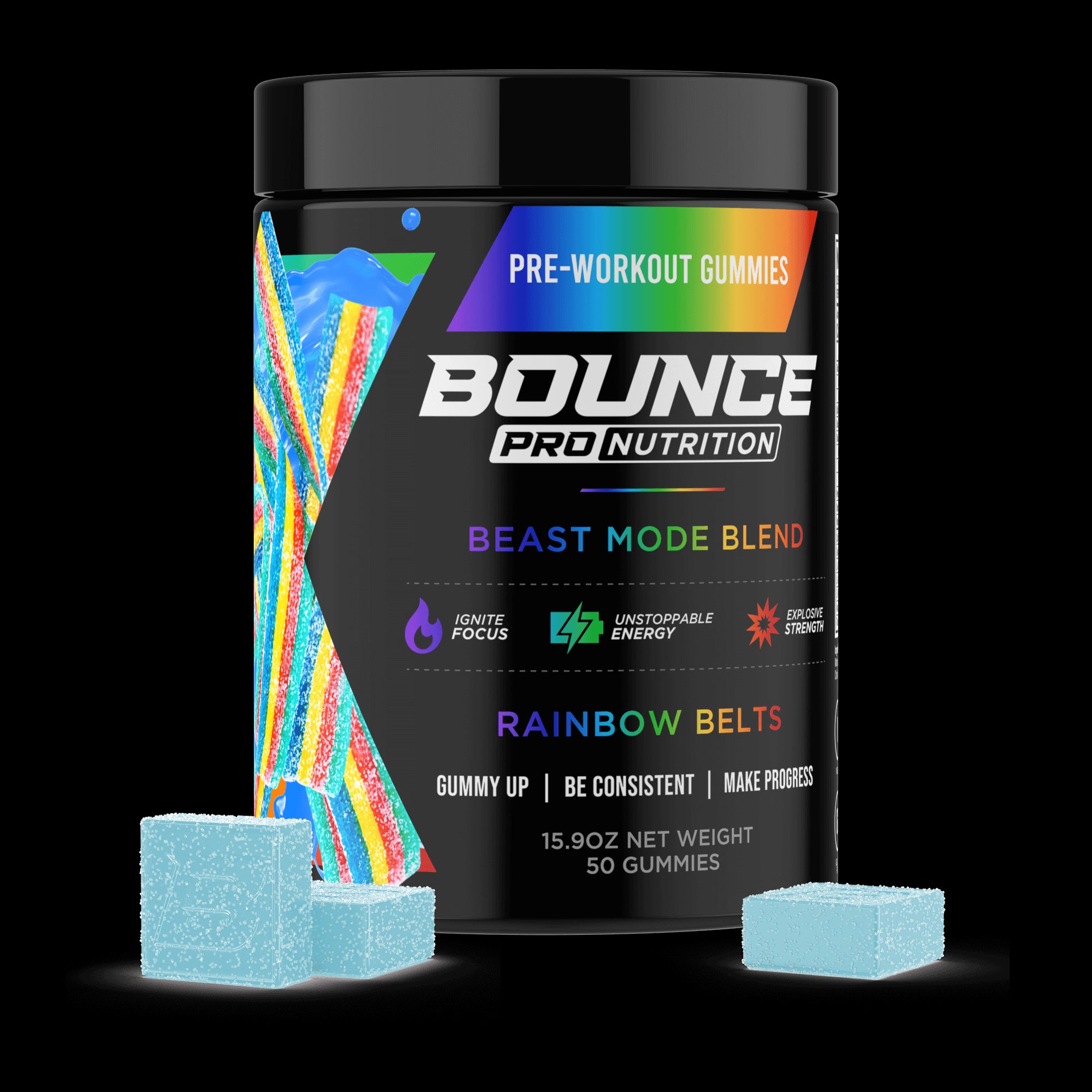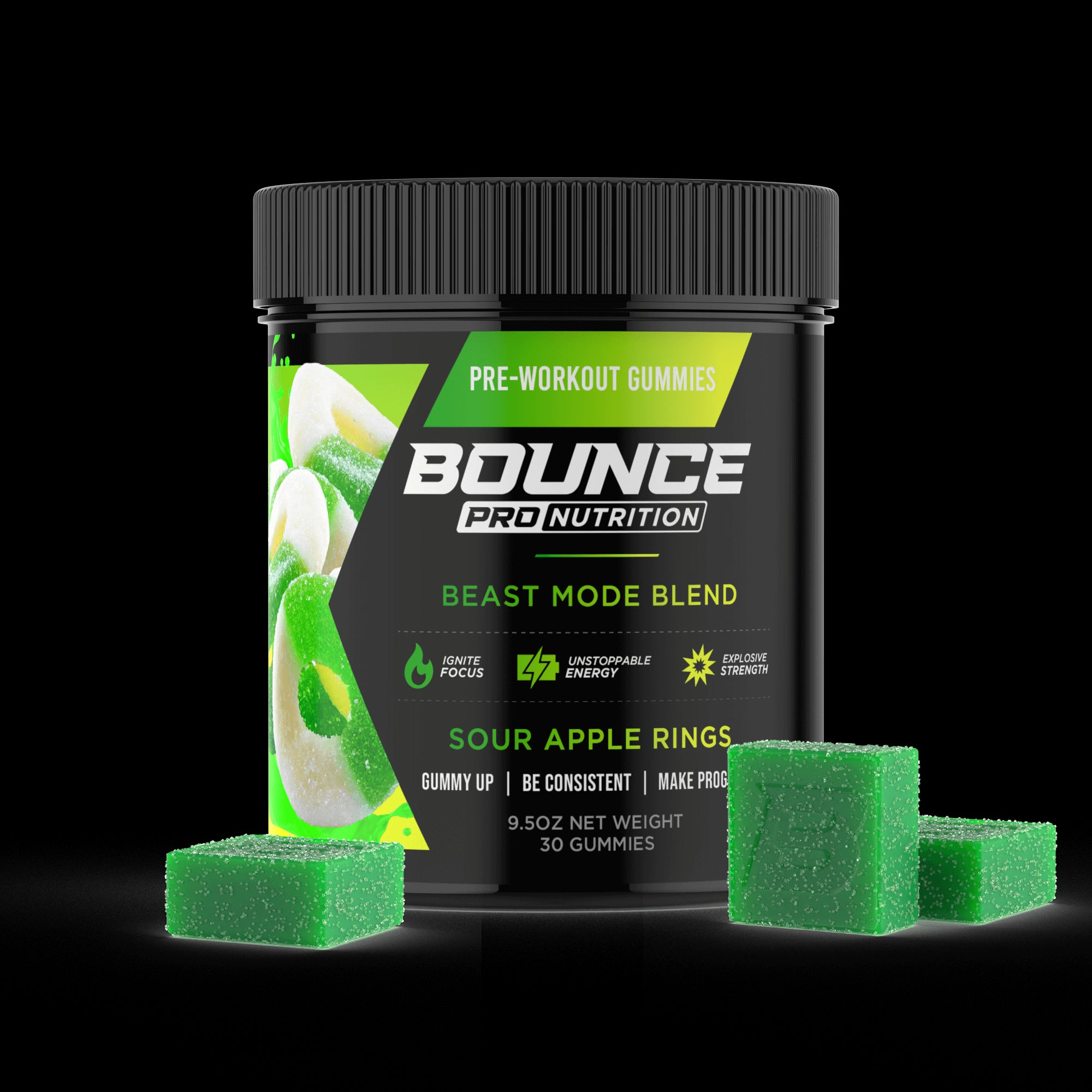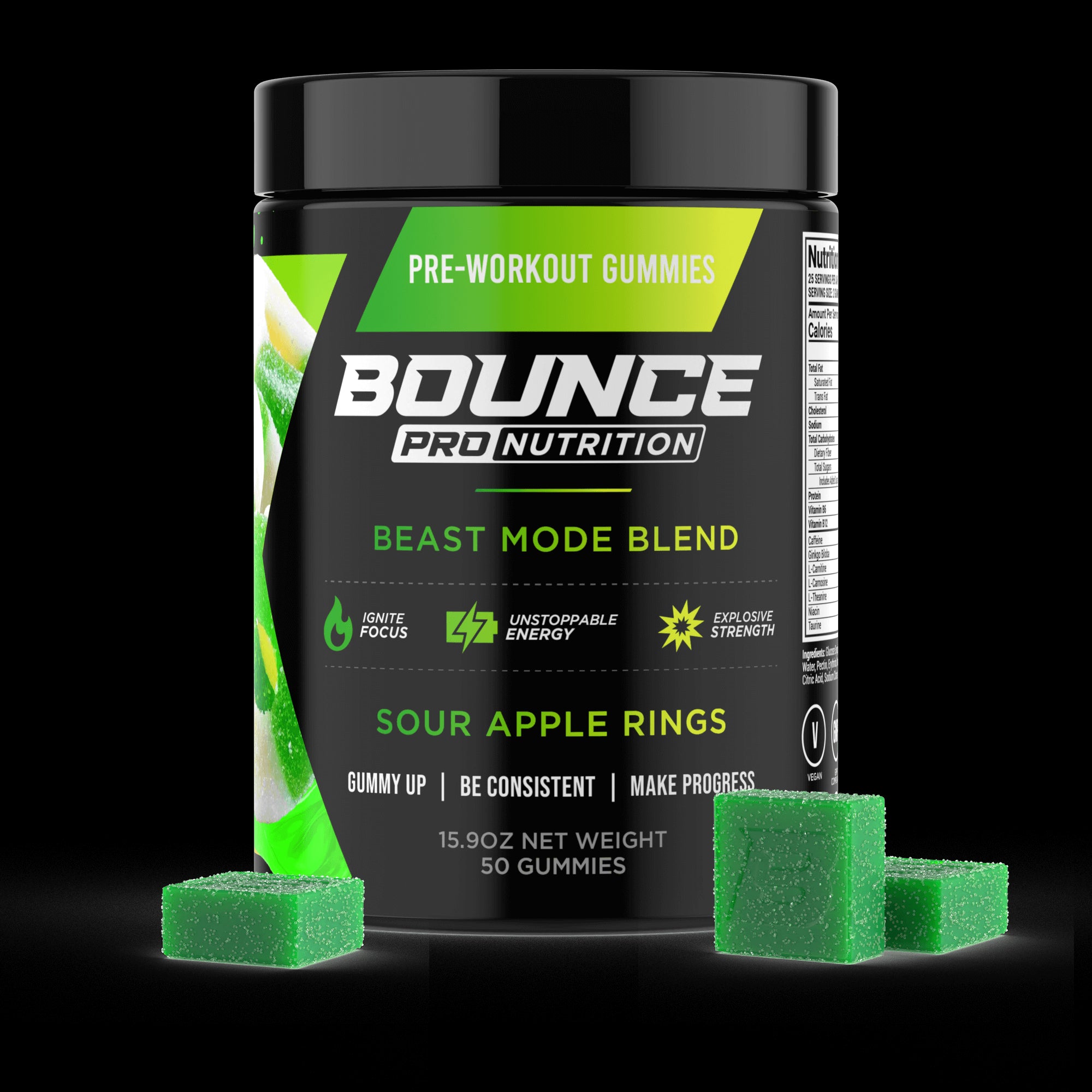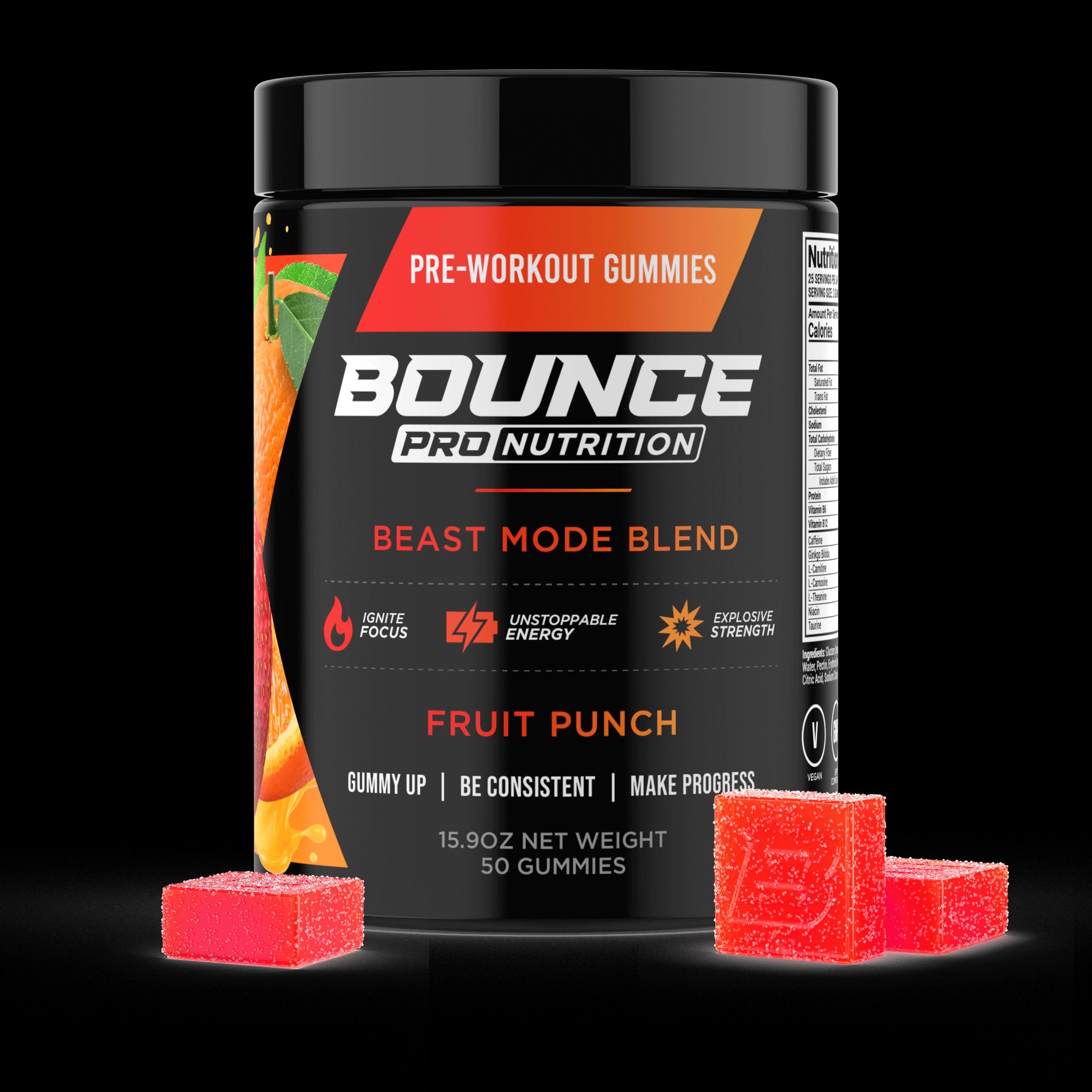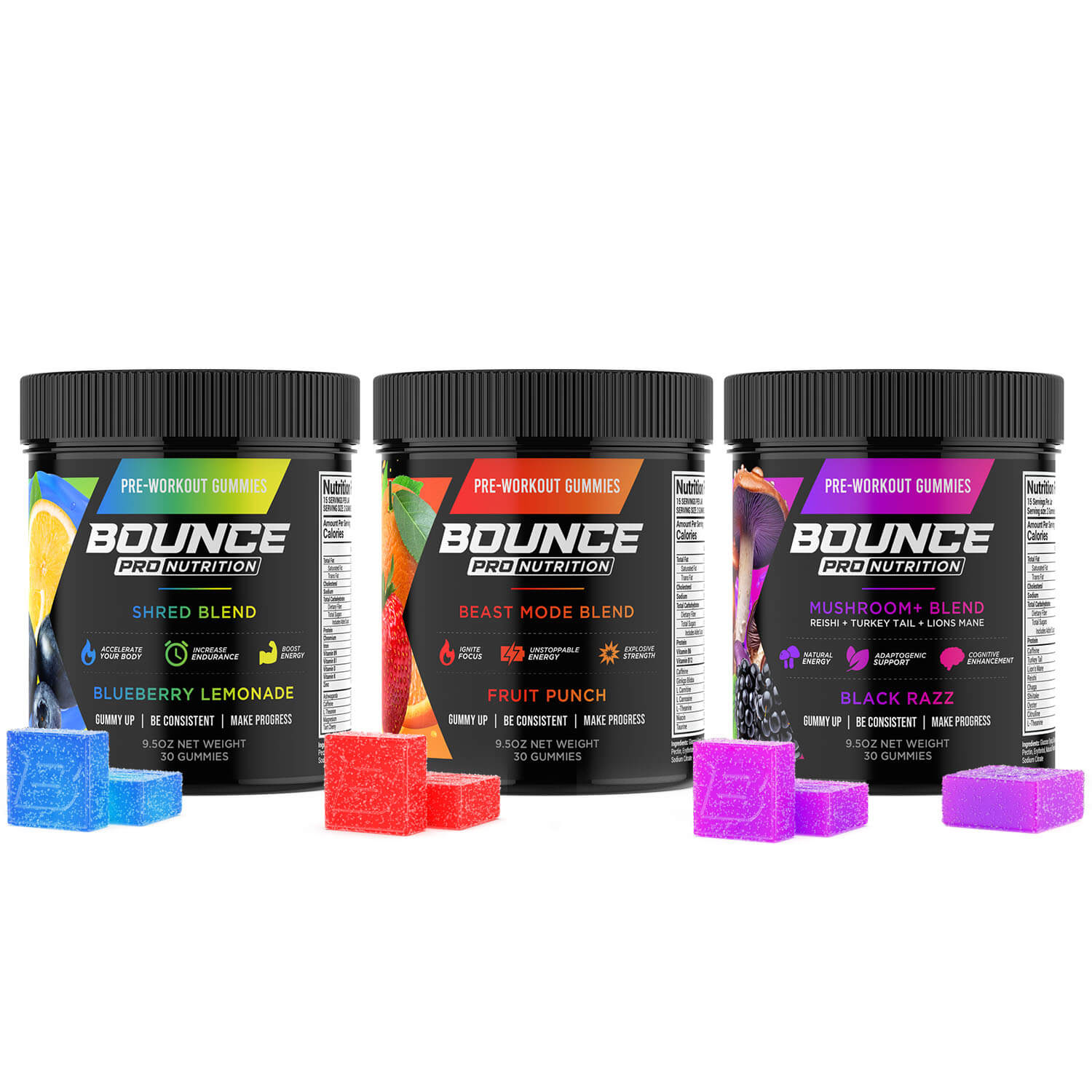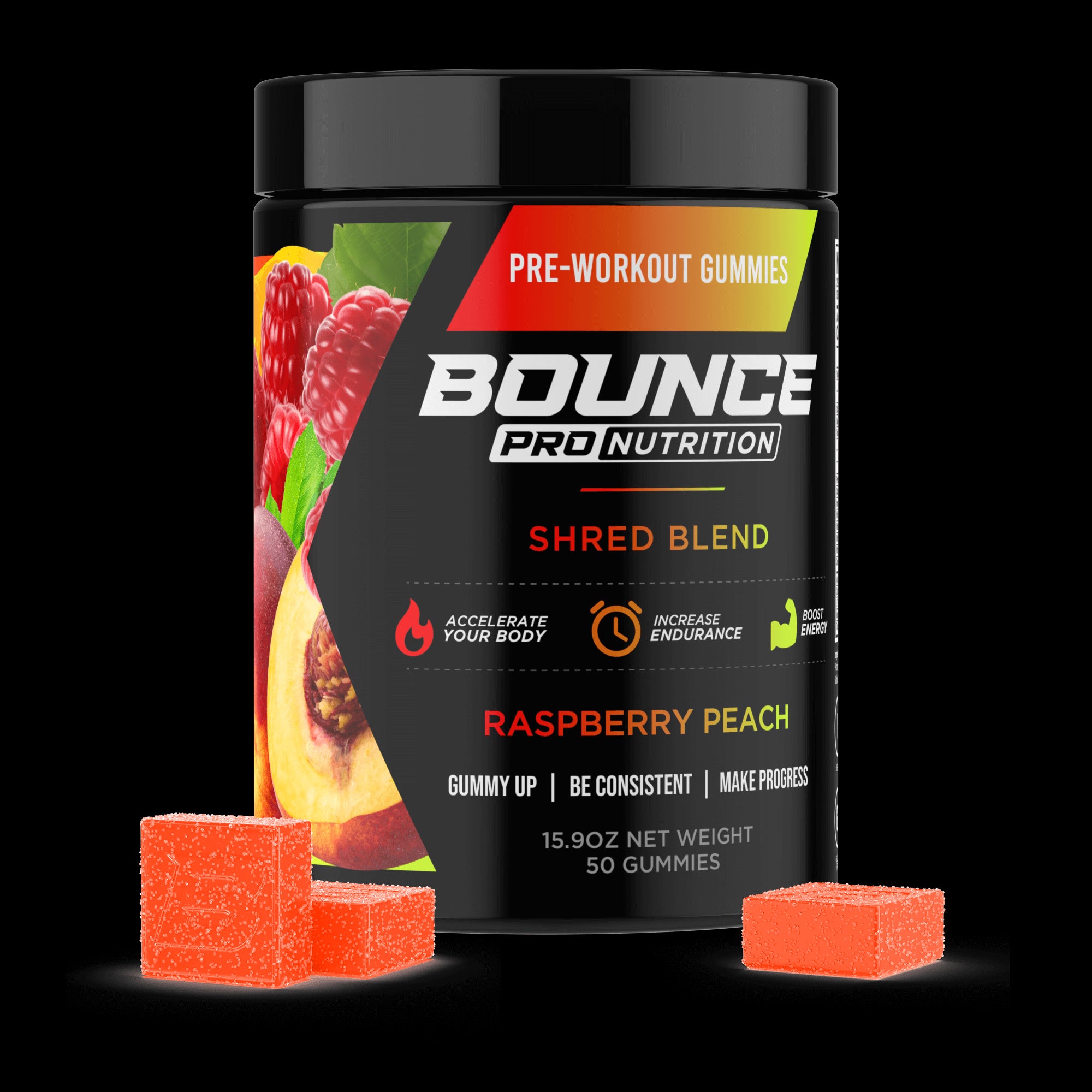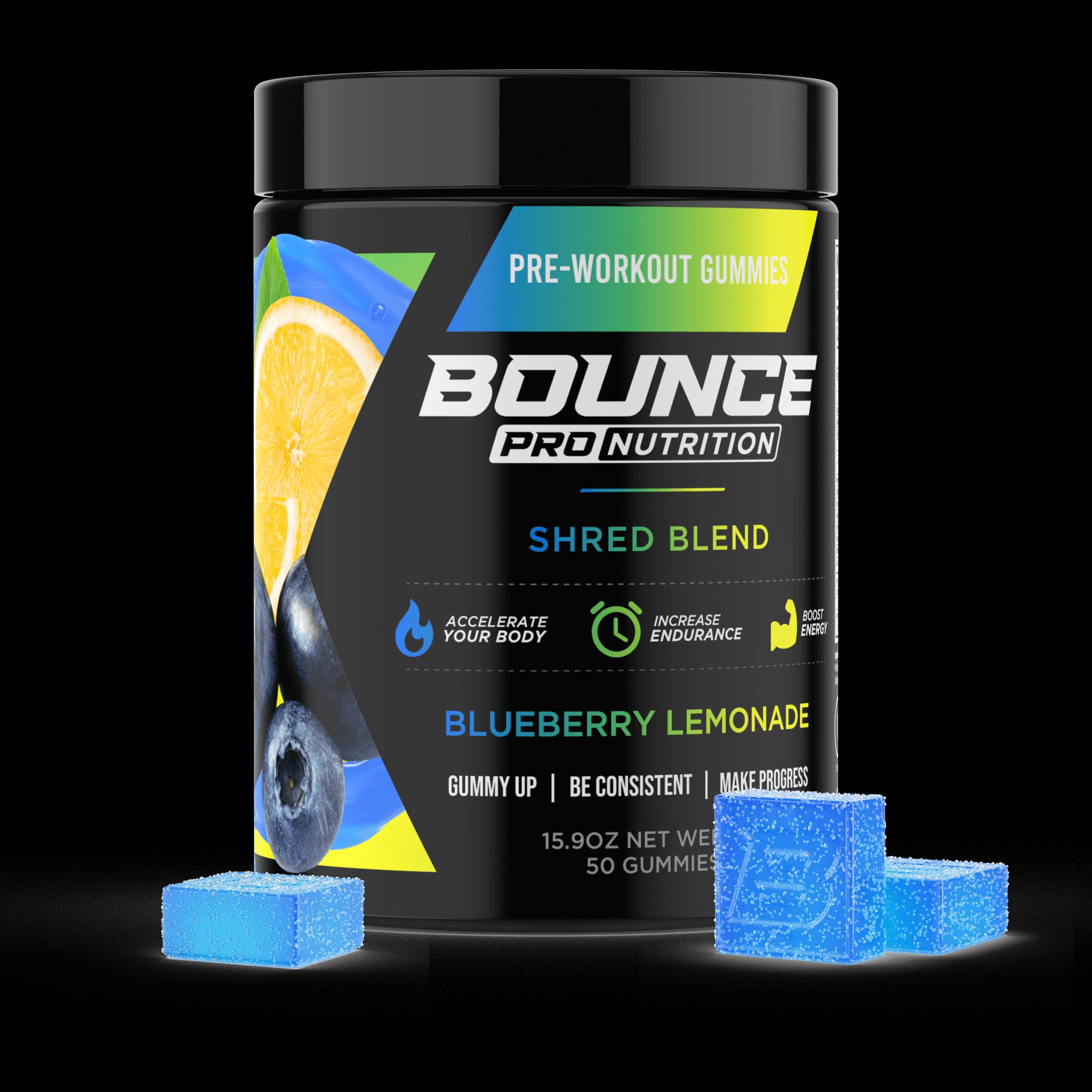There is a stark and profound honesty to the squared circle, a twenty-by-twenty foot stage where character is revealed and wills are tested under the glare of intense lights. The world of a boxer is one of controlled violence and sublime artistry, a place where the human body is honed into a precision instrument of both offense and defense.
The journey to that moment when the bell rings is one of monastic dedication, forged in the solitary hours of pre-dawn roadwork and the echoing rhythm of a heavy bag in a gritty gym. It is a path of immense sacrifice, where success is measured not just in victories, but in the relentless pursuit of perfection.
Yet, beneath the surface of this physical and tactical chess match lies a deeper, often invisible war—the physiological battle against depletion and fatigue. In a sport where a split-second lapse in focus or a fractional drop in power can be the difference between triumph and disaster, the science of fueling the body is not just an advantage; it is a fundamental necessity.
TO BUY ELECTROLYTE GUMMIES CLICK HERE
What is Boxing?
Boxing, often reverently referred to as "The Sweet Science", is one of the oldest and most storied combat sports in human history. At its core, it is a contest of strength, speed, reflexes, endurance, and courage, in which two opponents engage each other using only their gloved fists for a predetermined series of rounds. While its premise is simple, its execution is endlessly complex.
Boxing is far more than a simple brawl; it is a profound art form built upon a foundation of intricate footwork, sophisticated defensive maneuvers, and the strategic application of a limited but versatile arsenal of punches. The ultimate goal is to hit and not get hit, a paradox that has captivated athletes and spectators for millennia.
It is a sport that demands the absolute peak of physical conditioning while simultaneously requiring the strategic mind of a chess master, forcing its practitioners to solve a dynamic and dangerous puzzle in real-time under immense physical and psychological pressure.
The history of boxing is as old as civilization itself, with evidence of fist-fighting contests appearing in ancient Sumerian, Egyptian, and Minoan art. The ancient Greeks introduced it as an Olympic sport in 688 BC, where fighters wrapped their hands in leather thongs and fought until one combatant was knocked out or admitted defeat.
The modern sport, however, began to take shape in 18th-century England with the advent of bare-knuckle prize fighting. It was the introduction of the Marquess of Queensberry Rules in 1867 that laid the foundation for the sport we recognize today, mandating the use of padded gloves, instituting timed rounds, and forbidding the wrestling and grappling that was common in the bare-knuckle era. This pivotal change shifted the emphasis from pure brute force and endurance to a more refined and strategic approach, solidifying boxing's identity as "The Sweet Science."
The objective in a boxing match is to win by one of several possible outcomes, all governed by a strict set of rules and overseen by a referee. The most definitive and dramatic conclusion is a knockout (KO), where a punch renders an opponent unable to continue or rise from the canvas within a ten-second count. A technical knockout (TKO) can also be declared by the referee if a fighter is deemed unable to intelligently defend themselves, by the ringside doctor due to an injury, or by a fighter's own corner throwing in the towel.
If the fight lasts for the entire scheduled number of rounds without a knockout, the outcome is decided by a panel of three judges who score each round individually based on criteria such as clean punching, effective aggression, ring generalship, and defense. This scoring system ensures that technical skill, strategy, and control are rewarded just as much as pure punching power.
The technical arsenal of a boxer is built upon four primary punches: the jab, the cross, the hook, and the uppercut. The jab is a quick, straight punch with the lead hand, used to measure distance, disrupt an opponent's rhythm, and set up more powerful combinations. The cross is a powerful, straight punch thrown with the rear hand. The hook is a semi-circular punch thrown with either hand, aimed at the side of the head or body.
The uppercut is a vertical, rising punch that is devastating at close range. These punches are woven together with an equally important defensive system. This includes intricate footwork to control distance and create angles, head movement like slipping and rolling to evade punches, and the use of the hands and arms for blocking and parrying incoming shots. A master boxer is one who has seamlessly integrated their offense and defense, making them a dangerous and elusive target.
Ultimately, boxing is a sport of profound duality. It is at once a display of primal aggression and a showcase of sublime technical skill. It demands incredible physical courage while simultaneously requiring immense emotional control and discipline. A boxer's training regimen is a testament to this, blending brutal physical conditioning with the delicate, painstaking refinement of technique.
The fighter must be an elite athlete, with the cardiovascular endurance to maintain a high pace for twelve rounds, the explosive power to end a fight with a single punch, and the resilience to absorb punishment and continue. It is this unique and demanding combination of physical prowess, technical mastery, and unwavering mental fortitude that has solidified boxing's place as one of the most compelling and respected sports in the world.
Why Do Some People Choose to Get into Boxing?
The decision to step through the ropes of a boxing ring for the first time is a significant one, often fueled by a complex mix of motivations that reach far deeper than a mere desire to learn how to fight. The boxing gym itself is a unique and almost sacred space, a crucible where character is forged and confidence is earned through sweat and discipline.
For many who embrace the sport, the initial draw is the promise of an unparalleled physical challenge. Boxing is a total-body workout of incredible intensity, demanding a rare combination of cardiovascular endurance, explosive power, muscular stamina, and lightning-fast reflexes. It is a path to achieving a level of physical fitness that is both functional and formidable, pushing the body to its absolute limits and beyond.
This intense physical journey is inextricably linked to a profound mental and emotional transformation. The process of learning to box—of facing the discomfort of exhaustion, of learning to stay calm under pressure, and of seeing tangible improvement through dedicated practice—builds a deep and authentic form of self-confidence.
It is a confidence that is not born of ego, but of the quiet, unshakeable knowledge of one's own capabilities and resilience. This newfound self-assurance extends far beyond the gym, empowering individuals to face challenges in their personal and professional lives with a greater sense of composure and strength. For many, boxing becomes less about fighting others and more about conquering the self, specifically:
-
The Ultimate Fitness Challenge: Few workouts can match the sheer intensity and comprehensive nature of a boxing session. It is the ultimate fusion of aerobic and anaerobic exercise. The constant footwork, head movement, and high-volume punching provides a world-class cardiovascular workout, building a powerful heart and lungs. The explosive, full-body nature of throwing a punch develops power and strength from the ground up, engaging the legs, core, back, and shoulders. The repetitive nature of hitting a heavy bag or training for multiple rounds builds incredible muscular endurance. This makes it an incredibly efficient and effective way to burn calories, build lean muscle, and achieve a supreme level of all-around physical conditioning.
-
Building Unshakable Self-Confidence: There is a unique and powerful confidence that comes from learning how to competently defend oneself and handle physical confrontation. The process of sparring, of learning to take a punch and keep thinking clearly, is an incredibly empowering experience. It demystifies fear and teaches a person that they are more resilient and capable than they ever imagined. This is not about becoming aggressive, but about becoming more secure. This deep-seated self-assurance can be transformative, particularly for individuals who have struggled with timidity or self-doubt.
-
The Raw Catharsis and Stress Relief: Life in the modern world can be filled with stress, anxiety, and pent-up frustration. Boxing provides a raw, visceral, and incredibly healthy outlet for these emotions. The act of punching a heavy bag is a powerful form of physical catharsis, allowing an individual to release tension in a controlled and productive way. The intense focus required during training—concentrating on footwork, combinations, and defense—forces the mind into the present moment, providing a temporary escape from the worries and pressures of the outside world. Many boxers describe their time in the gym as a form of therapy, leaving them feeling calmer and more centered.
-
The Intense Mental Discipline and Focus: Boxing is often called a "physical chess match" for a reason. At a high level, it requires immense cognitive skill. A boxer must constantly process information, read their opponent's movements, anticipate their next attack, and make split-second decisions about when to defend and when to counter. This demands an incredible level of focus and mental clarity, especially when fatigued. The discipline required to master these skills—the endless repetition of drills, the study of technique—sharpens the mind and enhances one's ability to concentrate, a benefit that translates to all areas of life.
-
The Community and Tradition of the Boxing Gym: A traditional boxing gym is a special place with a rich culture and a strong sense of community. It's a place where people from all walks of life—blue-collar and white-collar, young and old—come together, unified by the shared challenge of the sport. It is an environment built on mutual respect, hard work, and encouragement. The bonds formed with coaches and training partners who push you to be your best are often deep and lasting. For many, the gym becomes a second home and a source of belonging, a tribe forged in the shared language of hard work and perseverance.
So, What Does it Mean and Take to Be a Good Boxer?
The title of "good boxer" is a hallowed one, earned through a near-total immersion in the demanding culture and craft of the Sweet Science. It signifies a level of proficiency that transcends mere toughness or the ability to throw a hard punch.
A good boxer is an artist of movement and a scientist of strategy, blending sublime physical attributes with a deep, intuitive understanding of the sport's intricate geometry and rhythm. It means possessing a set of skills so deeply ingrained through thousands of hours of repetition that they become reflexive, allowing the fighter to think and adapt in the chaotic, high-stakes environment of the ring. It is about achieving a state of grace under pressure, of being the calm center of a violent storm.
Ultimately, to be a good boxer is to embody the sport's core paradox: to be a masterful practitioner of both offense and defense. It means understanding that the best way to land your own shots is to first make your opponent miss theirs. A good boxer is a student of distance, a master of timing, and a connoisseur of angles. They have moved beyond simply fighting and have learned how to truly box.
This evolution isn’t a destination but a continuous journey of refinement, requiring a level of dedication and discipline that few other pursuits demand. It is a commitment to a lifestyle that prioritizes the relentless sharpening of one's body & mind into a cohesive and effective weapon. Let’s break it down further:
-
Technical Mastery and High "Ring IQ": This is the foundation upon which all else is built. A good boxer has mastered the fundamental techniques to the point of unconscious competence. Their jab is a precise, powerful tool, their footwork is balanced and efficient, and their defensive movements are sharp and reflexive. Beyond just the physical techniques, they possess a high "Ring IQ." This is the ability to read an opponent, recognize patterns, set traps, and make smart tactical adjustments in the middle of a round. They understand the strategic ebb and flow of a fight and know how to implement a game plan effectively.
-
Superior Footwork and Distance Management: It is often said that a fight is won with the feet, and this is a profound truth in boxing. A good boxer has exceptional footwork. They are light on their feet, always in a balanced position, and are able to move in and out of range with effortless fluidity. Their footwork is their primary tool for both offense and defense. It allows them to create the angles needed to land their punches while simultaneously taking them out of the line of fire of their opponent's attack. They are masters of controlling the distance of the fight, keeping it at the range where they are most effective and their opponent is least comfortable.
-
Elite Physical Conditioning ("Roadwork"): Boxing is one of the most physically demanding sports in the world. A good boxer must have an elite-level "gas tank." This is built through a grueling and comprehensive conditioning program, traditionally symbolized by early-morning "roadwork" (running). A fighter needs the cardiovascular endurance to maintain a high work rate for 12 full rounds, the muscular endurance to keep their hands up and punches sharp late in a fight, and the anaerobic capacity to unleash explosive, fight-ending combinations. This supreme level of conditioning is non-negotiable and is what allows a fighter's skill to hold up under the immense pressure of fatigue.
-
A Strong "Chin" and Unbreakable "Heart": In boxing, it is an inevitability that you will get hit. A good boxer must possess the physical durability to absorb punishment, a quality often referred to as having a good "chin." This is a combination of genetics and conditioning, particularly a strong neck and core, that allows them to withstand a powerful blow. Equally important is the intangible quality of "heart." This is the courage and mental fortitude to fight through adversity, to get up from a knockdown, to continue pushing forward when exhausted and in pain. It is the unbreakable will to win that separates champions from contenders.
-
Defensive Wizardry: The adage "defense wins championships" is especially true in boxing. A good boxer is an expert at not getting hit cleanly. They have a deep and varied defensive arsenal that goes beyond simply blocking punches. They use head movement—slipping and rolling—to make their opponent's punches miss by inches. They use their footwork to control range and stay out of danger. They use parries and shoulder rolls to deflect shots and set up their own counters. Their defense is not passive; it is an active and aggressive part of their game that creates offensive opportunities.
-
A Monastic Dedication to the Craft: To become a good boxer requires a level of focus and dedication that borders on the monastic. It is a lifestyle, not a hobby. It means countless hours spent in the gym, perfecting the same fundamental movements over and over again until they are flawless. It means the discipline to adhere to a strict diet, to make weight for a fight, and to abstain from the distractions of a normal life. It is a commitment to the process of continuous improvement, a humble understanding that there is always more to learn and that mastery is a horizon one is always chasing but never fully reaches.
What Types of Boxers are There?
The world of boxing is a rich tapestry of styles, a dynamic ecosystem where different approaches to the art of pugilism clash and compete for dominance. Just as in any art form, there are numerous schools of thought and expression. A boxer's style is a unique and personal synthesis of their physical attributes, their technical training, their temperament, and their strategic philosophy.
This diversity is what makes the sport so endlessly compelling; a matchup between two different styles is a fascinating physical and tactical puzzle. Will the relentless pressure of one fighter overwhelm the slick movement of another? Can pure power overcome superior technical skill?
Understanding these different stylistic archetypes is key to appreciating the deep strategic nuances of the sport. These categories are not always rigid, and many of the greatest fighters in history have been able to blend elements from multiple styles to create their own unique and unpredictable approach.
However, most boxers tend to have a foundational style that serves as their "home base", the approach they are most comfortable with and will likely revert to under pressure. The following sections explore some of the primary ways to classify boxers, from their fighting style to their level of competition and the weight class in which they compete.
Category of Boxing Style
A boxer's fundamental approach to combat is their most defining characteristic. This style dictates their strategy, their movement, and the types of punches they favor. Learning to identify these styles is the first step to becoming a knowledgeable and appreciative fan of the Sweet Science:
-
Swarmer (or In-fighter): The swarmer is a relentless, aggressive fighter who aims to overwhelm their opponent with constant pressure and a high volume of punches. Their strategy is to get past their opponent's jab, close the distance, and fight at close range, often in "the phone booth." They tend to have a high work rate, a strong chin, and excel at throwing short, powerful punches like hooks and uppercuts to the head and body. To be effective, a swarmer must have excellent conditioning to maintain their high pace and good head movement to get inside without taking too much damage. Famous examples include Joe Frazier and Henry Armstrong.
-
Out-boxer (or Boxer): The out-boxer is the stylistic opposite of the swarmer. They are masters of distance and movement, preferring to fight at long range. Their strategy is to control the fight with a fast, accurate jab, superior footwork, and quick, long-range combinations. They aim to score points, frustrate their opponent, and win rounds with technical skill and ring generalship rather than relying on a single knockout punch. Out-boxers are typically fast, intelligent fighters who prioritize defense and movement to hit and not get hit. Famous examples include Muhammad Ali and Pernell Whitaker.
-
Slugger (or Brawler): The slugger is the knockout artist of the boxing world. Their style is predicated on pure, devastating punching power. They may not possess the foot speed or technical refinement of an out-boxer, but every punch they throw has the potential to end the fight. Sluggers often plod forward, willing to take punches in order to land their own thunderous shots. They tend to have a granite chin and an intimidating presence. Their fights are often the most exciting and dramatic, as the threat of a sudden, fight-ending knockout is always present. Famous examples include George Foreman and Rocky Marciano.
-
Boxer-Puncher: This is often considered the most complete and effective style in modern boxing. The boxer-puncher is a hybrid, blending the technical skills and footwork of an out-boxer with the knockout power of a slugger. This versatility makes them incredibly dangerous and adaptable. They can choose to outbox their opponent from a distance, or they can step into the pocket and trade power shots if the opportunity arises. This well-rounded skill set allows them to exploit a wider range of opponent weaknesses and gives them multiple paths to victory. Famous examples include Sugar Ray Robinson and Canelo Álvarez.
-
Counter-Puncher: The counter-puncher is a defensive specialist and a master of timing. Their entire style is built around exploiting the mistakes of their opponents. They use subtle defensive movements—like parries, slips, and shoulder rolls—to make their opponent miss and then immediately capitalize on the opening by firing back with a precise and powerful counter-punch. This style requires incredible reflexes, a high fight IQ, and the patience to wait for the perfect opportunity. A good counter-puncher can make an aggressive opponent pay dearly for every mistake. Famous examples include Floyd Mayweather Jr. and Juan Manuel Márquez.
-
Pressure Fighter: A pressure fighter is a more refined version of a swarmer. While they also focus on relentlessly moving forward and taking away their opponent's space, their approach is often more calculated. They use educated pressure, cutting off the ring with smart footwork and consistently attacking the body to sap their opponent's energy. The goal of a pressure fighter is to mentally and physically break their opponent down over the course of the fight, forcing them into mistakes and creating openings for powerful combinations. They are relentless, durable, and have an unshakeable will. Famous examples include Julio César Chávez and Gennady Golovkin.
Levels within the Sport
Beyond their fighting style, boxers are also defined by the level at which they compete. The rules, goals, and culture can differ significantly between the amateur and professional ranks:
-
Amateur Boxing: This is the foundational level of the sport, where boxers learn their craft. Amateur bouts are shorter (typically three rounds), and the primary goal is to score points by landing clean punches, rather than to get a knockout. Boxers wear headgear and use higher-ounce gloves for added protection. The scoring is computerized, rewarding high volume and clean technique. This is the level of competition seen in the Olympic Games and is a crucial developmental stage for any boxer with professional aspirations.
-
Professional Boxing: The professional, or "pro," ranks are where boxers fight for prize money and professional titles. The bouts are longer, ranging from four to twelve rounds. The gloves are smaller and have less padding, which leads to a much higher probability of knockouts. Headgear is not worn. The style of fighting is often different, with a greater emphasis on power, damage, and pacing oneself for a longer fight. The professional game is a grueling and high-stakes business.
-
Championship Level: This is the absolute elite tier of professional boxing. Championship-level fighters are those who compete for and hold world titles from the major sanctioning bodies (WBC, WBA, IBF, WBO). These are 12-round contests between the very best fighters in the world in their respective weight classes. Reaching this level requires an extraordinary combination of skill, dedication, power, and mental fortitude. These are the household names and the legends of the sport.
Weight Classes
To ensure fair competition, boxing is divided into numerous weight classes. This system is crucial for the safety and integrity of the sport, preventing fighters from being dangerously outsized by their opponents. Each weight class has its own unique character and a rich history of legendary champions:
-
Men's Divisions: The seventeen professional weight classes for men cover a vast range of physiques and athletic styles.
-
Strawweight (up to 105 lbs): Also known as Minimumweight, this is the lightest professional division, often showcasing incredible speed and technical skill, particularly among fighters from Asia and Latin America.
-
Light Flyweight (up to 108 lbs): A division known for its fast-paced, high-action fights, where boxers display phenomenal conditioning and combination punching.
-
Flyweight (up to 112 lbs): At this weight, fighters begin to blend their blistering speed with noticeable punching power, making for exciting and dynamic contests.
-
Super Flyweight (up to 115 lbs): Often considered one of the most talent-rich divisions in the lower weight classes, featuring many skilled boxer-punchers.
-
Bantamweight (up to 118 lbs): A historic division known for its powerful and skilled champions who combine speed with legitimate knockout power.
-
Super Bantamweight (up to 122 lbs): A bridge between the smaller and larger weight classes, this division is home to many aggressive and powerful fighters.
-
Featherweight (up to 126 lbs): A marquee division with a deep history, known for producing all-action fighters who are both skilled boxers and dangerous punchers.
-
Super Featherweight (up to 130 lbs): This class is often populated by fighters who have grown out of featherweight, bringing their power up with them. It's known for its wars of attrition.
-
Lightweight (up to 135 lbs): One of the "glamour divisions" of boxing, the lightweight class is a showcase for some of the fastest, most skilled, and most popular fighters in the sport.
-
Super Lightweight (up to 140 lbs): Also known as Junior Welterweight, this division is a crossroads where speed and serious knockout power truly intersect.
-
Welterweight (up to 147 lbs): Arguably the most historically significant and talent-deep division in all of boxing, home to many of the sport's all-time greats who possessed a perfect blend of speed, skill, and power.
-
Super Welterweight (up to 154 lbs): Also known as Junior Middleweight, this class features larger, stronger fighters who often carry devastating power in both hands.
-
Middleweight (up to 160 lbs): Another of the original glamour divisions, the middleweight class is famous for its powerful and durable champions, known for their legendary battles.
-
Super Middleweight (up to 168 lbs): A division populated by tall, athletic boxers who combine the skill of a middleweight with the power of a light heavyweight.
-
Light Heavyweight (up to 175 lbs): This is where true one-punch knockout power becomes the norm. The fighters in this division are elite athletes with the ability to end a fight in an instant.
-
Cruiserweight (up to 200 lbs): A division that bridges the gap to heavyweight, cruiserweights are incredibly powerful and athletic fighters who often provide some of the most exciting fights in the sport.
-
Heavyweight (Over 200 lbs): The "unlimited" division and the most famous in all of boxing. The Heavyweight Champion of the World is one of the most prestigious titles in all of sports. These are the largest and most powerful pugilists on the planet, where every punch carries the potential for a spectacular, history-making knockout.
-
Women's Divisions: Women's boxing has grown immensely, with its own set of weight classes that showcase incredible skill and tenacity.
-
Amateur Boxing (Weight in kg): The Olympic and amateur system uses kilograms and has fewer divisions, including: Minimumweight (48 kg), Flyweight (51 kg), Featherweight (57 kg), Lightweight (60 kg), Welterweight (69 kg), Middleweight (75 kg), Light Heavyweight (81 kg), and Heavyweight (Over 81 kg).
-
Professional Boxing (Weight in lbs): The professional ranks for women have expanded to mirror the men's divisions more closely, with key divisions including: Flyweight (112 lbs), Bantamweight (118 lbs), Featherweight (126 lbs), Lightweight (135 lbs), Super Lightweight (140 lbs), Welterweight (147 lbs), Middleweight (160 lbs), Super Middleweight (168 lbs), Light Heavyweight (175 lbs), and Heavyweight (Over 175 lbs).
How Crucial is Staying Hydrated While Boxing?
In the demanding and unforgiving world of boxing, a fighter's hydration status is not a minor detail—it is a critical performance variable that can dictate the outcome of a training session, a sparring match, or a championship fight. The environment of a typical boxing gym is hot, humid, and intense, designed to push athletes to their physical limits. During a grueling workout that includes skipping, shadowboxing, heavy bag work, and sparring, a boxer can lose an astonishing amount of fluid through sweat.
This situation is dramatically amplified by the dangerous practice of "cutting weight", where fighters often dehydrate themselves to meet a specific weight limit. Failure to properly manage hydration and, crucially, to rehydrate effectively, can trigger a catastrophic cascade of physiological failures that will neutralize a fighter's skill, power, and will to win. For a boxer, water and electrolytes are as essential as their gloves and headgear, particularly as it relates to:
-
Maintaining Punching Power and Speed: A boxer's power is generated from the ground up, a kinetic chain that involves the explosive contraction of muscles in the legs, core, and upper body. Muscles are approximately 75% water, and they require a state of optimal hydration to contract with maximum force and velocity. Dehydration leads to a reduction in blood flow and can impair the electrochemical signals from the nerves that trigger these contractions. The direct result is a noticeable decrease in both punching power and hand speed. A dehydrated fighter's punches will lose their "snap," and their combinations will become slower and more sluggish, rendering their offense far less effective.
-
Preserving Cardiovascular Endurance (The "Gas Tank"): A boxing match is a series of high-intensity sprints interspersed with brief periods of recovery. This places an immense demand on the cardiovascular system. As a boxer becomes dehydrated, their blood volume drops. This makes the blood thicker and more difficult for the heart to pump. To compensate and continue delivering oxygen to the working muscles, the heart is forced to beat much faster. This puts a massive strain on the fighter's "gas tank," causing them to fatigue much more rapidly. A fighter who is properly hydrated can keep their heart rate lower, conserve precious energy, and maintain a higher pace deep into the later rounds of a fight.
-
Enhancing Cognitive Function and Reaction Time: Boxing is a game of split seconds. The ability to recognize an opponent's punch, react defensively, and fire back with a counter all happens in the blink of an eye. The brain is extremely sensitive to dehydration. Even mild fluid loss can significantly impair cognitive function, leading to slower reaction times, poor decision-making, and a breakdown in defensive reflexes. A dehydrated fighter is more likely to get hit with punches they would normally see coming, and their ability to execute a complex game plan will deteriorate with each passing round.
-
Improving Durability and "Punch Resistance": A boxer's ability to absorb a punch without being knocked out—their "chin"—is a vital attribute. While largely genetic, it is significantly influenced by hydration status. The brain is cushioned and protected by cerebrospinal fluid. Dehydration can reduce the volume of this protective fluid, potentially increasing the brain's vulnerability to the concussive forces of a powerful punch. Well-hydrated muscles and tissues are also more pliable and resilient to damage. A properly hydrated fighter is a more durable fighter.
-
Regulating Core Body Temperature: Boxing training and competition generate an incredible amount of metabolic heat. The body's primary cooling system is sweating. However, if a fighter is dehydrated, their body will instinctively try to conserve its remaining fluid by reducing its sweat rate. This severely compromises the body's ability to cool itself down, leading to a rapid and dangerous increase in core body temperature. This not only accelerates fatigue but also dramatically increases the risk of heat exhaustion or heatstroke, which can be a serious medical emergency, especially for a fighter pushing their limits in a hot gym or arena.
-
Preventing Debilitating Muscle Cramps: The constant, repetitive, and explosive movements in boxing place a huge strain on the muscles of the legs, core, back, and shoulders. This, combined with the massive loss of electrolytes like sodium and potassium through sweat, creates a perfect storm for painful muscle cramps. A sudden, debilitating cramp in a calf during a crucial moment of footwork, or in a shoulder or back muscle while throwing a punch, can be completely incapacitating. Maintaining proper hydration and electrolyte balance is a boxer's best defense against these performance-ending spasms.
Why Do Some Boxers Also Use Supplements?
In the solitary and brutally demanding world of boxing, where success is forged through relentless training and monastic discipline, nutrition becomes a critical weapon. A boxer's body is a high-performance engine that is constantly being pushed to its limits and beyond.
While a meticulously planned diet of whole foods forms the unshakeable foundation of their preparation, the extraordinary physiological stresses of the sport often create specific and acute nutritional needs that can be difficult or impractical to meet through meals alone. This is particularly true during a grueling training camp, where recovery time is short and the physical output is immense.
It is to fill this gap that a majority of serious boxers strategically incorporate dietary supplements into their regimen. These are not viewed as shortcuts, but as essential, science-backed tools used to accelerate recovery, enhance performance, and ensure their body has every possible advantage when they step through the ropes:
-
Accelerating Recovery from Intense Training: A boxer's training is a cycle of controlled damage and repair. Every session of sparring, heavy bag work, and strength and conditioning creates microscopic tears in the muscle fibers. The ability to recover from this damage before the next day's session is paramount. This is where supplements like protein powder become a cornerstone of a boxer's nutrition. A fast-digesting whey protein shake consumed immediately after a workout delivers a rapid infusion of amino acids to the muscles, kickstarting the repair and rebuilding process far more efficiently than waiting for a whole-food meal to digest.
-
Fueling High-Intensity Workouts: Boxing is a sport of repeated, explosive, anaerobic efforts. A number of supplements are used to directly enhance performance in this domain. Creatine monohydrate is a staple for many boxers, as it is robustly proven to increase strength, power output, and performance in short, high-intensity bursts, allowing for more explosive punches and longer-lasting combinations. Beta-alanine is another supplement often used to increase muscular endurance by helping to buffer the build-up of metabolic acid, which can help a boxer "fight through the burn" in the later rounds of sparring or a fight.
-
The Critical Post-Weigh-in Rehydration: This is one of the most important and specific applications of supplements in boxing. The process of cutting weight often leaves a boxer in a severely dehydrated and depleted state. The 24-36 hour window between the weigh-in and the fight is a critical race to rehydrate. During this time, drinking plain water is not enough. A boxer must aggressively replace the electrolytes they have lost. This is why electrolyte supplements—in the form of powders, drinks, or gummies—are an absolutely non-negotiable part of the rehydration protocol, as they help the body to absorb and retain fluid at a much faster rate.
-
Supporting Joint Health and Durability: The high-impact and repetitive nature of boxing—hitting the heavy bag, skipping rope, and absorbing punches—places a tremendous amount of stress on the joints, particularly the wrists, elbows, and shoulders. To support the long-term health of their cartilage and connective tissues, many boxers use supplements like collagen peptides, glucosamine, and chondroitin. Omega-3 fatty acids are also very popular for their ability to help manage the chronic inflammation that results from such a high training load.
-
Bolstering the Immune System During Training Camp: A grueling 8-12 week training camp, especially when combined with a calorie-restricted diet for a weight cut, can significantly suppress a boxer's immune system. This makes them highly vulnerable to catching a cold or infection, which could derail their entire preparation. To mitigate this risk, many boxers will supplement with immune-supporting nutrients like Vitamin C, Vitamin D, and Zinc to help keep their immune system strong and ensure they arrive at the fight healthy.
-
Pre-Workout Energy and Mental Focus: The mental demands of boxing are just as taxing as the physical ones. A boxer must be sharp, focused, and alert. For an extra edge before a tough training session, many boxers use pre-workout supplements. Caffeine is the most common and effective ingredient, proven to increase alertness, reduce perceived effort, and improve reaction time. This can be a valuable tool for getting the most out of a workout, especially on days when motivation is low.
-
The Sheer Convenience for a Boxer's Lifestyle: The life of a professional boxer is a tightly controlled schedule of training, recovery, and rest. There often isn't time for elaborate meal preparation between sessions. The convenience of supplements is a major benefit. It is far easier and quicker to drink a protein shake or eat a few electrolyte gummies than it is to cook and eat a full meal. This practicality helps boxers stay consistent and disciplined with their demanding nutrition plans.
-
Aiding in the Weight Management Process: Making weight is one of the most difficult aspects of being a boxer. While a caloric deficit is the only way to lose fat, certain supplements can support the process. As mentioned, protein powders are crucial for preserving muscle mass and promoting satiety while on a calorie-restricted diet. This ensures that the weight being lost is primarily fat, not the muscle that generates punching power.
-
Ensuring Purity with Banned-Substance Testing: For any boxer competing at a professional or high amateur level, the purity of their supplements is of the utmost importance. They are subject to strict anti-doping regulations from bodies like VADA or WADA. A tainted supplement could lead to a failed drug test and a career-ending suspension. For this reason, smart boxers and their teams will only use supplements that have been third-party tested and certified by an organization like NSF Certified for Sport, which guarantees the product is free from any banned substances.
-
Reducing Muscle Soreness and Promoting Recovery: The intense eccentric and concentric muscle contractions in boxing lead to significant muscle soreness. This can impair the quality of subsequent training sessions. Some boxers use supplements like tart cherry juice, which has been shown in studies to help reduce inflammation and mitigate delayed onset muscle soreness (DOMS). This can lead to better recovery and a greater capacity to handle a high training volume.
What are Electrolyte Gummies?
In the highly scientific and ever-advancing world of sports nutrition, electrolyte gummies have rapidly risen to prominence as a brilliantly simple and highly effective solution to the complex fueling challenges faced by the modern athlete, and they are particularly well-suited to the unique needs of a boxer. They represent a significant evolution in convenience and on-the-go practicality, offering a welcome alternative to the traditional options of messy powders that need to be mixed into bottles and liquid sports drinks that can be cumbersome to manage in a crowded gym or locker room.
These small, chewable supplements are scientifically formulated by nutritionists to deliver a concentrated and easily absorbable dose of the two most critical nutrients for a boxer's endurance and performance: essential minerals known as electrolytes, and in most cases, quick-digesting carbohydrates for immediate energy. Their entire design philosophy is centered around rapid digestion, portability, and supreme ease of use, enabling a boxer to quickly refuel their body between rounds of sparring or, most critically, during the rehydration process after a weigh-in.
To fully comprehend the immense value that electrolyte gummies offer a boxer, one must first have a solid understanding of what electrolytes are and the mission-critical role they play in the body during periods of extreme physical exertion. You see folks, electrolytes are not complex, synthetic compounds; they are essential minerals, such as sodium (Na+), potassium (K+), magnesium (Mg2+), and calcium (Ca2+), that’re vital for human life and are naturally found in our food.
When these minerals are dissolved in the body's fluids, like blood or sweat, they carry a small but vital electric charge. This electrical capability is the very foundation of our nervous system and the entire process of muscle function. Every single nerve impulse that travels from your brain to your fist, commanding it to throw a jab, is a complex electrical event mediated by the lightning-fast exchange of sodium and potassium ions across the nerve cell membrane.
Following that signal, calcium ions rush into the muscle cell to trigger the physical contraction of the muscle fiber, and magnesium then plays a key role in helping that fiber to relax for the next explosive punch. When a boxer sweats profusely during a grueling training session, they lose these vital minerals, and if they are not systematically replaced, this entire elegant system of communication and contraction begins to fail.
The process of creating a shelf-stable, effective, and palatable electrolyte gummy is a sophisticated endeavor that perfectly merges the disciplines of food science with the precision of sports nutrition. It is a carefully controlled industrial process designed with the specific goal of ensuring that every single gummy a boxer consumes delivers a consistent and reliable nutritional payload.
High-quality manufacturers often employ specific techniques, such as using low heat during the cooking process, with the intention of preserving the potency and integrity of the delicate vitamins and other ingredients, ensuring the fighter gets the maximum benefit. The journey from a collection of raw powders to the finished, chewable product that a boxer can trust generally follows a well-established, multi-stage pathway:
-
Scientific Formulation and Raw Ingredient Compounding: The entire process originates not on a production line, but in a laboratory where food scientists and sports nutritionists design the gummy's specific formula. They carefully select and precisely weigh all the raw ingredients. This includes the mineral salts that will provide the electrolytes (e.g., sodium citrate, potassium chloride), the specific carbohydrate sources that will provide fast energy (often a strategic blend of glucose and fructose to utilize multiple absorption pathways in the gut), and the gelling agent, which is typically plant-based pectin for vegan-friendly products or traditional animal-based gelatin. Other minor ingredients like citric acid (for tartness and preservation) and carefully selected natural flavors and colors are also added to the pre-mix.
-
Industrial Cooking of the Gummy Slurry: The precisely weighed and compounded ingredients are then transferred into a massive, jacketed industrial kettle for the cooking process. Inside this cooker, the mixture is heated to a very specific temperature for a set amount of time. This critical step serves to fully dissolve all the solid ingredients into the liquid base, creating a perfectly uniform and viscous liquid known as a slurry. This cooking process is meticulously controlled by computers and experienced technicians to achieve the exact moisture content and solid-to-liquid ratio (a measure known as Brix) that is required for the gummy to have its desired final texture and chewiness.
-
Precision Depositing of the Slurry into Molds: Once the slurry has been cooked to the exact specifications, it is then piped from the large cooker to a complex piece of machinery called a depositor. This machine functions like a series of hundreds of computer-controlled, precise nozzles that work in perfect unison to inject the hot liquid gummy mixture into thousands of individual molds. These molds are often made of flexible, food-grade silicone or, in more traditional and larger-scale methods, are impressions that have been machine-stamped into large trays that are filled with fine, food-grade corn starch.
-
Controlled Curing and Setting of the Gummies: After being filled, the trays of molds are then carefully moved into long, climate-controlled rooms or tunnels. They remain in this controlled environment for an extended period, which can range from 24 to as long as 72 hours, in a process known as curing or stoving. During this crucial resting phase, the gelling agent (pectin or gelatin) fully sets up, and a specific amount of excess moisture is allowed to evaporate from the electrolyte gummies. This is the step that allows them to firm up and achieve their final, stable, and characteristic chewy texture.
-
Demolding and Finishing Touches: After the curing process is complete, the gummies are ready to be removed from their molds. They are then often passed through a large, slowly rotating tumbling drum. Inside this drum, they are very lightly coated with a food-grade, edible wax (like carnauba wax) or a light oil. This finishing step serves the practical purpose of preventing the finished gummies from sticking together in the final packaging and gives them a pleasant, shiny appearance. In some cases, for added flavor and texture, they might be coated in a sweet or sour sugar-acid crystal mixture.
-
Rigorous Quality Control and Final Packaging: Before a single electrolyte gummy can be sent to a boxer, the finished product must undergo a battery of rigorous quality control tests. Samples from every single batch produced are sent to a laboratory where they are analyzed using scientific methods to verify that the electrolyte and carbohydrate content precisely matches the claims made on the product's label. They are also tested for texture, flavor, appearance, and for any potential microbial contamination to ensure consumer safety. Once a batch has passed all of these stringent inspections, the gummies are then sent to automated machines that weigh and seal them into their final packaging.
The consumer market for electrolyte gummies has expanded and diversified at an incredible pace, giving rise to a wide array of different products, each tailored to the specific needs of different types of athletes, including boxers. The most critical variation between these products lies in the specific electrolyte profile of the gummy. Some formulations are intentionally made to be very high in sodium, designed specifically for athletes who are training for hours in hot, non-air-conditioned boxing gyms and losing extreme amounts of sweat.
Other formulas might have a more balanced profile or a higher relative concentration of minerals like magnesium and potassium, which are aimed more broadly at supporting general muscle function and preventing cramps during intense conditioning circuits. Beyond the core mineral content, many brands now offer enhanced or "plus" versions that include additional ergogenic aids.
Caffeinated gummies are extremely popular among boxers for a pre-workout boost of energy and focus. Gummies fortified with other ingredients like BCAAs are also available to potentially support muscle recovery. There is also great variety in the carbohydrate source, with an increasing number of sugar-free options available for boxers who are in the middle of a strict weight cut and need electrolyte replacement without the added calories or carbohydrates.
The intended physiological effects of electrolyte gummies are designed to directly and efficiently address the primary factors that cause a boxer's performance to decline during a grueling training session or a fight. The core components—the electrolytes, the simple carbohydrates, and the water consumed alongside them—work in a powerful synergy to support the boxer's internal environment.
When a boxer consumes a gummy and drinks water, the combination of sodium and glucose in the gummy activates a co-transport mechanism in the small intestine called the SGLT1 transporter. This dramatically accelerates the rate at which fluid is absorbed from the gut into the bloodstream, helping the boxer to rehydrate more effectively and restore their blood plasma volume, especially after a weigh-in.
The direct replenishment of the electrolytes lost in sweat supports the maintenance of the electrochemical balance required for proper nerve signaling and the mechanics of muscle contraction, helping to prevent cramps. The simple sugars are absorbed very quickly, providing a rapid source of fuel to the working muscles, which helps to keep blood sugar stable and delay the onset of fatigue during a high-intensity workout.
What Boxers Need to Know About Taking Electrolyte Gummies
For the dedicated boxer, an athlete who operates in a world of precise measurements and extreme physiological demands, the decision to use any supplement must be a calculated and well-informed one. Electrolyte gummies, with their immense convenience and targeted formulation, can be an incredibly valuable asset in a boxer's nutritional toolkit, but only when they are integrated intelligently into a comprehensive plan for training, weight management, and rehydration.
They are not a substitute for the hard-earned discipline of a clean diet or the wisdom of a smart training camp, but rather a precision tool to be deployed at critical moments to support the body's immense needs. A boxer must understand that their primary role is to help maintain the delicate internal fluid and mineral balance that is so profoundly disrupted by grueling training sessions and, most critically, by the extreme practice of cutting weight for a fight. Using them effectively is a key piece of the complex performance puzzle.
The most crucial and unique context for a boxer is the brutal cycle of weight cutting and post-weigh-in rehydration. In the days leading up to a weigh-in, many boxers will severely restrict their fluid intake to shed the last few pounds, leaving them in a state of significant, sometimes severe, dehydration. The 24- to 36-hour window between stepping off the scale and stepping into the ring is a frantic and scientific race to rehydrate and refuel the body to its optimal fighting condition.
This is the moment where electrolyte gummies are most critical. Simply chugging gallons of plain water can be ineffective and even dangerous, as it can fail to restore electrolyte balance and can lead to excessive urination, flushing out what little minerals remain. By consuming electrolyte gummies along with their fluids, a boxer can dramatically enhance the speed and efficiency of this rehydration.
The sodium in the gummies acts as a key, helping the body to unlock its ability to absorb and hold onto the water being consumed, which is essential for rapidly restoring blood volume and rehydrating muscle tissue to regain strength, power, and durability. Beyond the specific application of rehydration, boxers, especially at the professional level, must be acutely aware of the strict regulatory environment in which they compete. Again, the sport is governed by rigorous anti-doping policies from organizations like the VADA and WADA.
This means that every single substance a fighter puts into their body, from food to supplements, must be scrutinized for safety and purity. A supplement that has been accidentally contaminated with a banned substance, even one that is not listed on the label, can lead to a failed drug test, resulting in a career-altering suspension and irreparable damage to a fighter's reputation.
Therefore, it is absolutely imperative that a boxer and their team only choose supplements, including electrolyte gummies, that have been third-party certified by a reputable organization like NSF Certified for Sport. This certification provides an independent, batch-by-batch guarantee that the product is free from any banned substances and that its contents exactly match what is printed on the label, providing an essential and non-negotiable layer of protection for the clean athlete.
10 Tips & Strategies for Taking Electrolyte Gummies
To truly leverage electrolyte gummies as a strategic weapon in a boxer's arsenal, it is necessary to move beyond casual use and adopt a precise, scenario-based approach. The unique demands of a grueling training camp, a difficult weight cut, and the singular pressure of fight night all call for different and specific strategies. The following tips below are designed to provide a practical framework for boxers looking to intelligently incorporate these convenient fuel sources into their regimen, helping them to optimize their training, master their rehydration, and step into the ring feeling powerful, hydrated, and ready for war:
-
Master the Post-Weigh-in Rehydration Protocol: This is the single most critical time for a boxer to use electrolyte gummies. The moment you step off the scale, the clock starts on your recovery. The goal is to rapidly and efficiently restore fluid and electrolyte balance. A highly effective and commonly used strategy is to consume 2-4 electrolyte gummies with every liter of fluid you drink in the hours immediately following the weigh-in. The high concentration of sodium in a product like Bounce Electrolyte Gummies (450mg per serving) is ideal for this purpose, as it will signal your body to absorb and hold onto the water you are drinking, dramatically speeding up the rehydration process compared to drinking plain water alone.
-
Fuel Grueling Training Camp Sessions: A three-hour boxing workout can be a brutal affair, involving roadwork, shadowboxing, heavy bag circuits, and sparring. This can significantly deplete a fighter's energy and electrolyte stores. To maintain a high quality of work from the first round to the last, keep electrolyte gummies and a water bottle ringside. During the one-minute breaks between rounds of sparring or bag work, quickly consume a gummy and take a few swigs of water. This will provide a steady stream of carbohydrates to keep your energy levels up and will replace the electrolytes you are losing through intense sweating in a hot gym.
-
The Pre-Sparring or Pre-Conditioning Prime: Before a particularly intense sparring session or a brutal strength and conditioning workout, you want your body and mind to be primed for peak performance. Taking one or two electrolyte gummies about 15-20 minutes beforehand can provide a quick hit of easily digestible carbohydrates to top off your energy stores and ensure your electrolyte levels are optimal. This ensures you have readily available fuel for those first few explosive rounds or heavy sets, allowing you to start strong and set a high pace from the very beginning of the session.
-
In-Between Rounds on Fight Night: In a professional fight, the one-minute rest period between rounds is a precious and chaotic time. A boxer needs to listen to their coach's instructions, control their breathing, and refuel. While the corner will primarily provide water, having them hand you a single, easy-to-chew electrolyte gummy can provide a small but crucial boost of sugar for your brain and muscles. This, along with a concentrated hit of sodium, can help combat the massive electrolyte loss occurring under the hot lights of the arena and can be a small factor in maintaining sharpness in the championship rounds.
-
Practice and Refine Your Strategy Throughout Training Camp: A training camp is the time to experiment and perfect your entire nutrition and hydration plan. Never try a new product, flavor, or timing strategy for the first time during fight week. Use your regular training and sparring sessions to determine how your body reacts to different products and intake schedules. Does a certain flavor sit well with your stomach during hard sparring? How many gummies can you tolerate before feeling bloated? Answering these questions in the gym will give you a reliable, bulletproof plan for fight night.
-
Pair with Water for Maximum and Rapid Effect: This rule cannot be overstated for a boxer. Electrolyte gummies are a concentrated product. They require water to be absorbed effectively and to perform their critical hydration function. Taking them without water can actually draw fluid into your gut, which is the last thing a fighter trying to rehydrate needs. Whether you are rehydrating after a weigh-in or fueling during training, every single gummy should be consumed with a generous amount of water to facilitate rapid and efficient absorption into your system.
-
Listen to Your Gut, Especially Under the Stress of Rehydration: The digestive system can be sensitive, especially after being stressed by a weight cut. As you are rehydrating, pay very close attention to how your gut feels. If you experience any bloating, cramping, or nausea, it's a signal to slow down. You may need to take fewer gummies at a time, increase your water intake, or sip your fluids more slowly. A successful rehydration is a gradual and steady one; overwhelming your system too quickly can be counterproductive.
-
The Absolute Necessity of Banned-Substance Testing Certifications: For any boxer competing under the authority of a commission or anti-doping agency like VADA or WADA, this is the most important tip. Your entire career depends on it. You must only use supplements that have been third-party tested and certified by a program like NSF Certified for Sport. This is your only real guarantee that the product is free from any banned substances. Always look for the certification logo on the packaging of your electrolyte gummies. It is a non-negotiable requirement for any serious, professional boxer.
-
Aiding in the Weight Cut Process (Before the Water Cut): While gummies are crucial for rehydration, they can also play a small but helpful role before the final water cut begins. In the final weeks and days of a weight cut, when a fighter is on a strict low-carb, calorie-restricted diet, they can still lose a significant amount of electrolytes. A sugar-free electrolyte gummy can help to replace these essential minerals without adding any unwanted calories or carbs, helping a fighter to feel slightly better and prevent muscle cramps during their final light workouts before the dehydration process starts.
-
Integrate into a Complete, Disciplined Nutrition System: Electrolyte gummies are just one specialized tool in a boxer's comprehensive nutritional arsenal. Their benefits are maximized when they are part of a holistic plan that includes a meticulously structured diet of whole foods, adequate protein intake for muscle repair, smart carbohydrate timing for energy, and a disciplined approach to sleep and recovery. See them as a specialized solution for the unique physiological challenges of boxing training and weight cutting, designed to support the strong foundation that is built by your overall lifestyle and discipline.
Dosing with Bounce Electrolyte Gummies: The Boxer's Ringside Guide
For a boxer, a precise fueling and hydration strategy is not a luxury—it is a critical weapon in their arsenal. The plan must be dynamic and adaptable to the different, extreme phases of training and competition. Enter Bounce Electrolyte Gummies – available in Blueberry Splash and Pina Colada flavors, these gummies are designed for better absorption, delivering up to 90 percent utilization so your body actually gets the benefits you're paying for. No bloating, no waste, just effective hydration made easy.
These Electrolyte gummies are also made with a low-heat process to preserve nutrient potency and are designed for high absorption, so that way, boxers can be confident they are getting an effective, reliable, and safe tool to fuel their journey to the ring.
The chart below provides a practical guide for dosing with Bounce Electrolyte Gummies, specifically tailored to the unique and intense demands faced by a boxer. This guide leverages the potent formula of Bounce—featuring 450mg Sodium, 300mg Potassium, 180mg Vitamin C, and 75mg Magnesium—to support rapid rehydration, sustained energy, and crucial cramp prevention.
|
Boxer's Scenario |
Intensity / Goal |
Key Challenge |
Recommended Bounce Gummy Dosing & Strategy |
|---|---|---|---|
|
Standard Training Session (Bag work, pads, drills) |
Moderate to High |
Sustained energy, cramp prevention |
3 Gummies total. (1 gummy before, 2 taken during breaks with water). |
|
Grueling Sparring Day (Multiple hard rounds) |
Very High |
Extreme sweat loss, avoiding energy crash in late rounds |
4-6 Gummies for the session. (2 before, and 1 every 2-3 rounds during breaks). |
|
Final Days of Weight Cut (Before water cut) |
Low / Calorie Deficit |
Mineral depletion from diet |
2 Sugar-Free Gummies (if available) daily to replace electrolytes without calories. |
|
Post-Weigh-in Rehydration (First 4-6 hours) |
CRITICAL |
Rapid fluid & electrolyte restoration |
4 Gummies per liter of fluid. The high sodium content is essential for rapid rehydration. |
|
Pre-Fight Meal (2-3 hours before fight) |
Priming for Performance |
Topping off glycogen & electrolytes |
2-3 Gummies with a small, easily digestible meal and final sips of water. |
|
Between Rounds on Fight Night |
Max Effort |
Quick energy & cramp prevention |
1 Gummy with sips of water in the corner, as tolerated and allowed. |
The Champion's Choice
In the final analysis, the path of a boxer is a testament to the power of human will and the pursuit of perfection through discipline. The choices made in the quiet, lonely hours of preparation are what truly define a champion long before they step under the bright lights. The decision to meticulously manage one's internal environment—to fuel, to hydrate, to recover with scientific precision—is one of those defining choices.
A tool like an electrolyte gummy is not a substitute for the grit, heart, or skill that is honed over years of relentless work. Instead, it is a strategic asset, a small but significant piece of the puzzle that allows a fighter's hard-earned attributes to be fully expressed, uncompromised by the physiological devastation of dehydration. It is the champion's choice to control every possible variable, ensuring that when the bell rings for the final round, they have everything they need to answer it.


